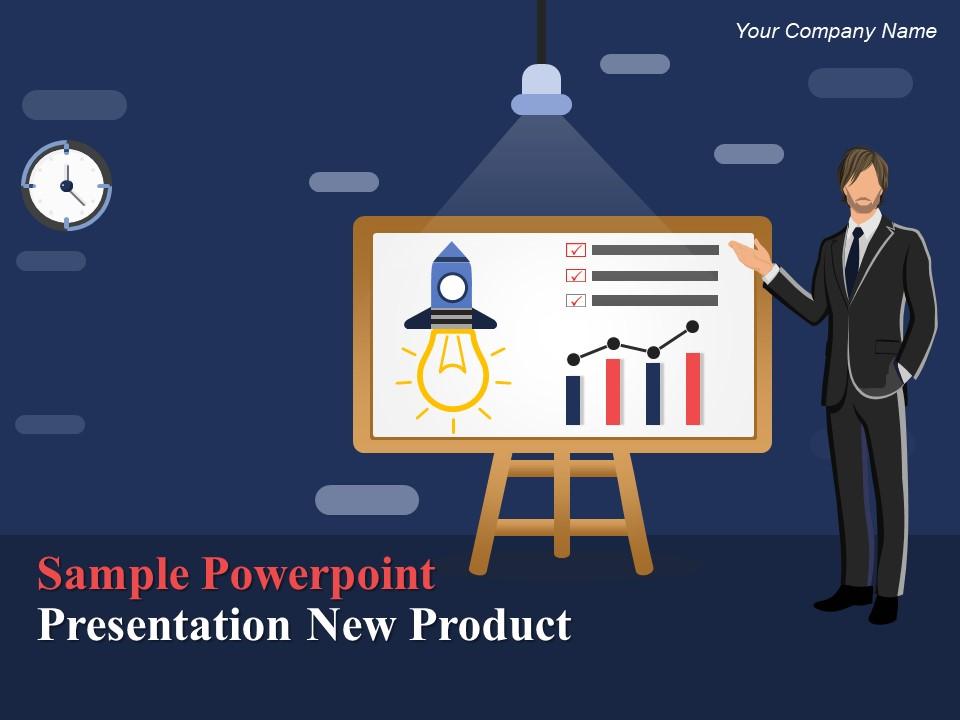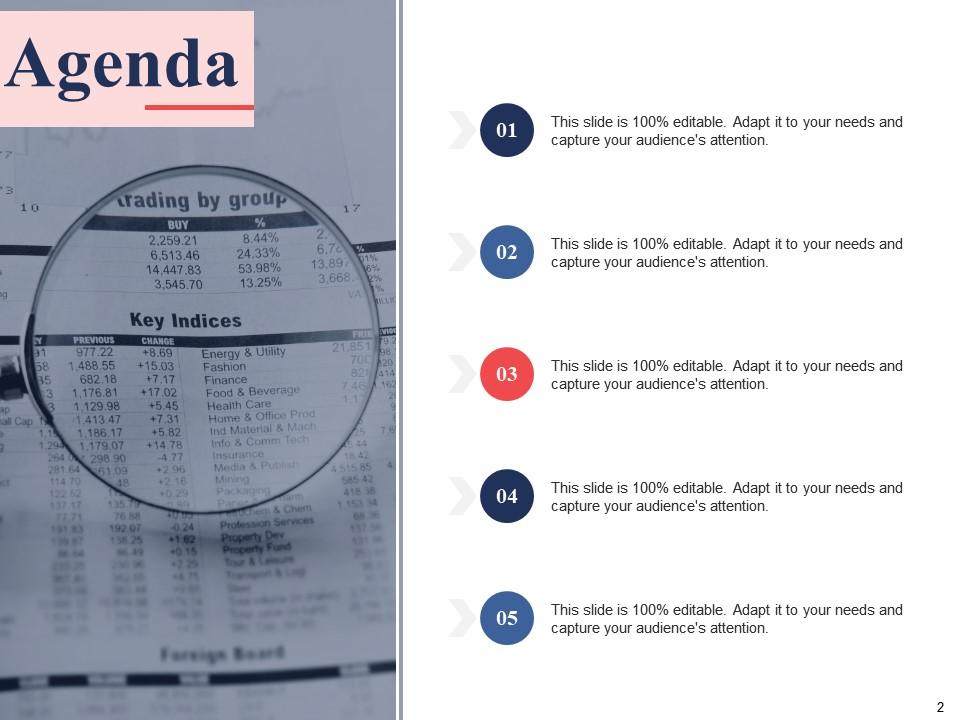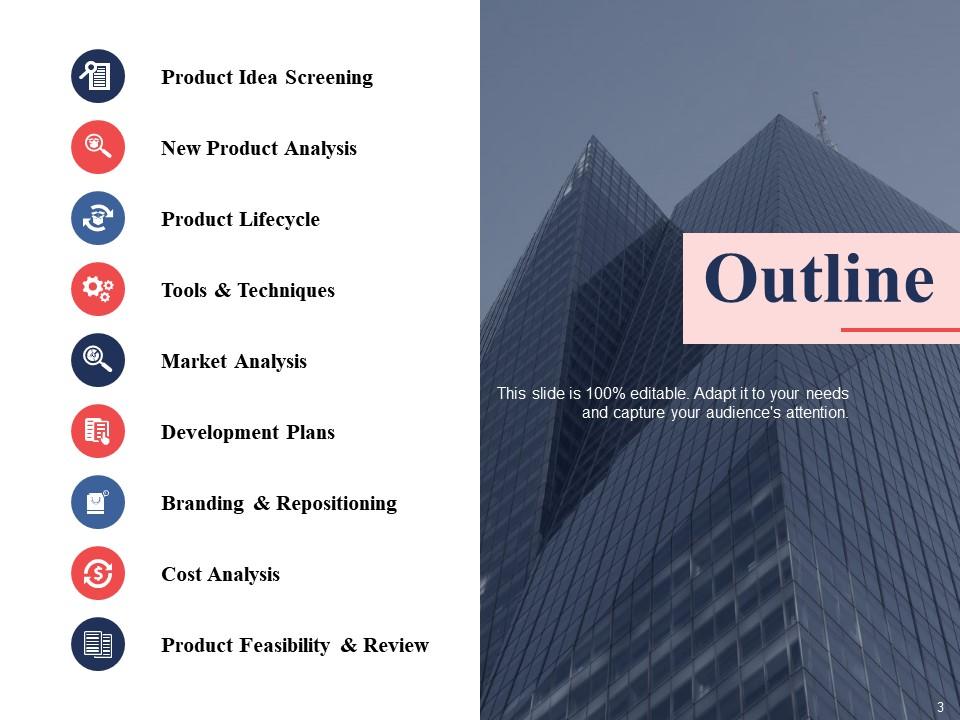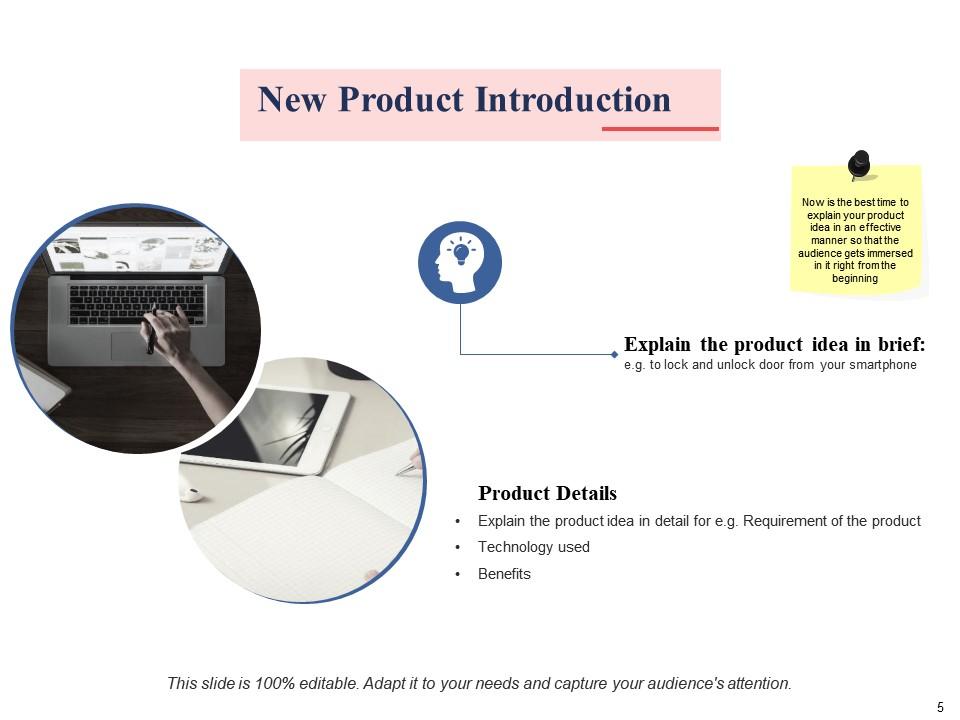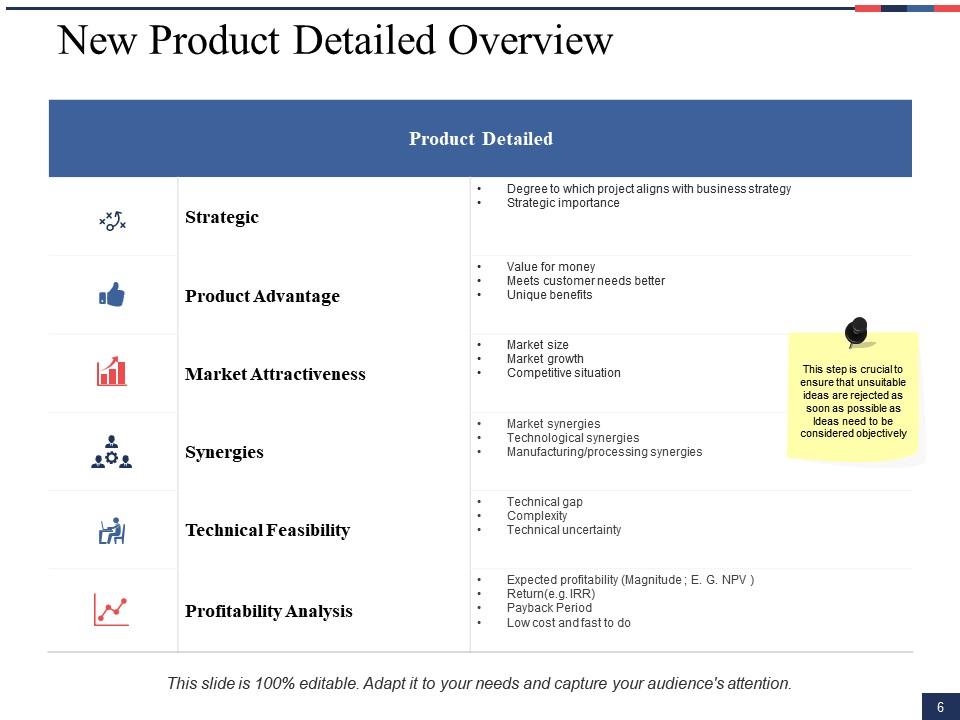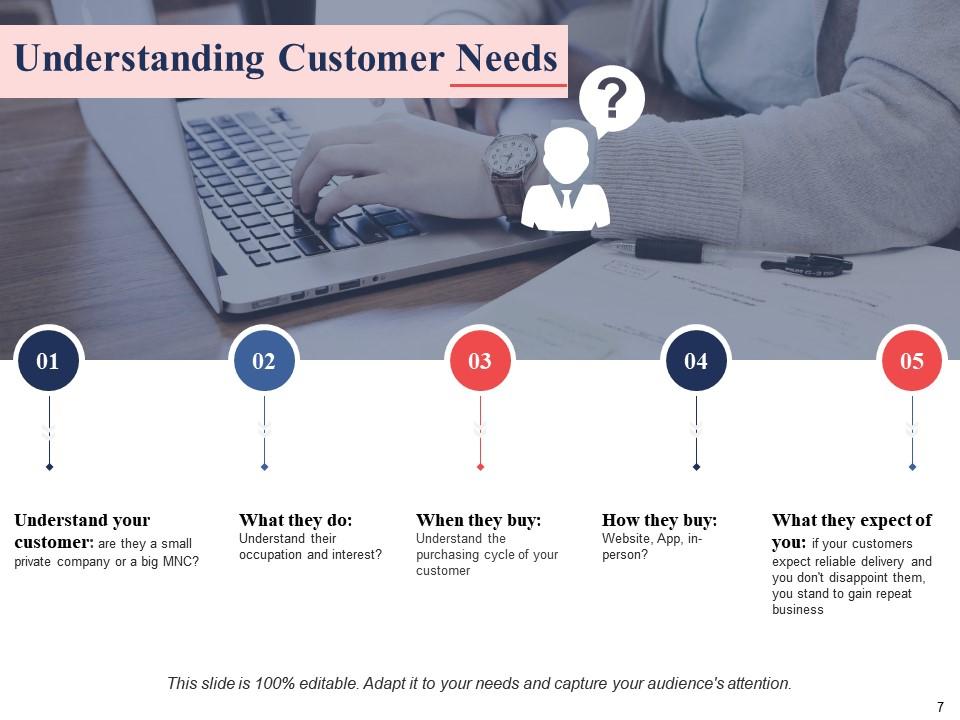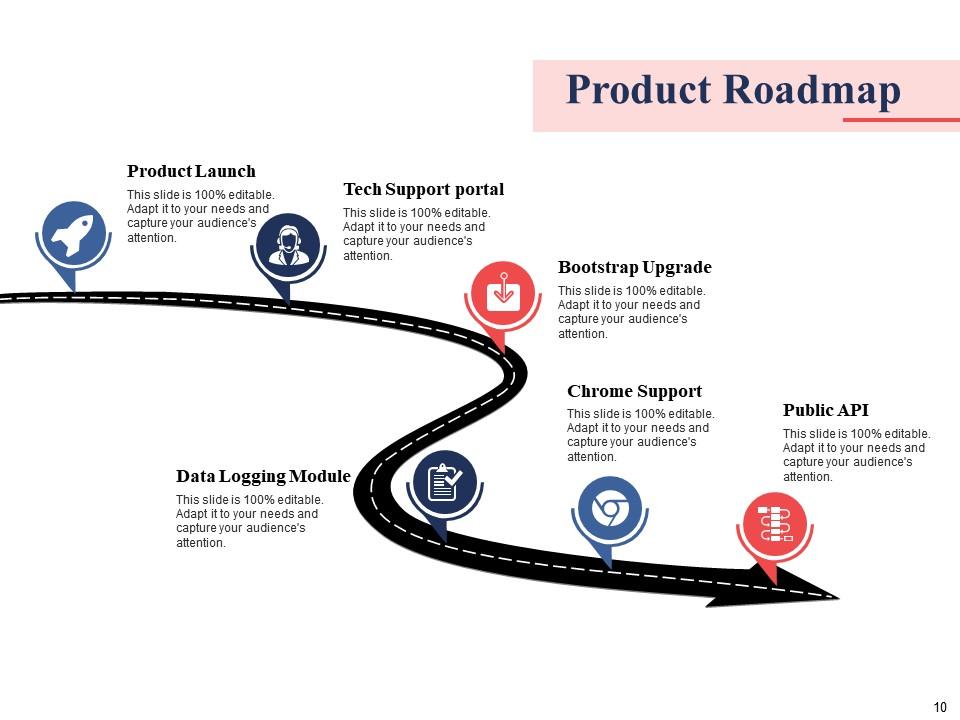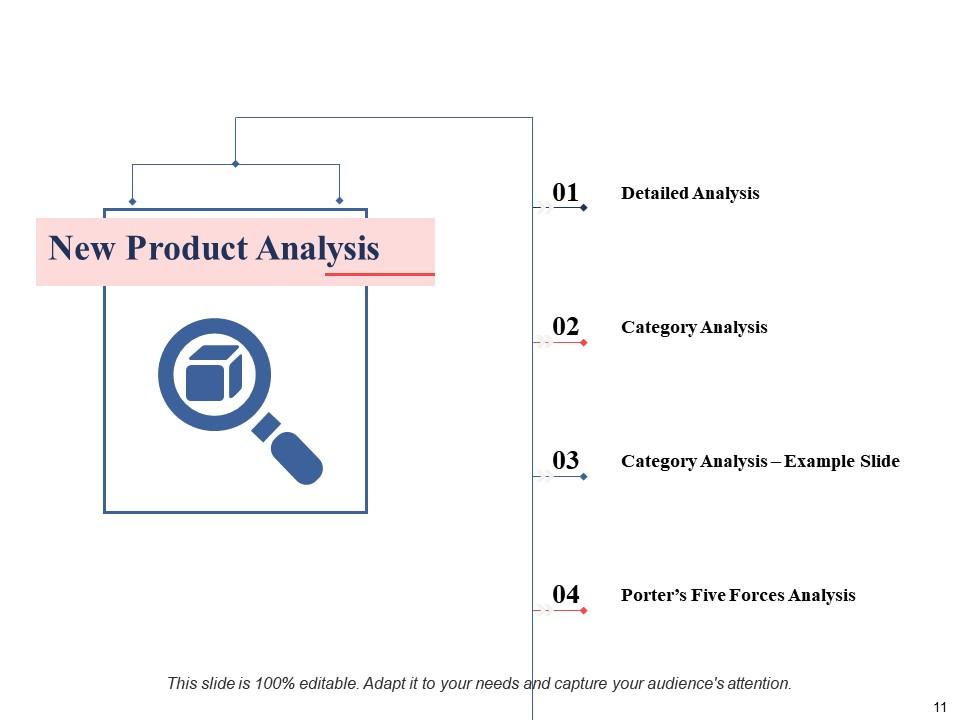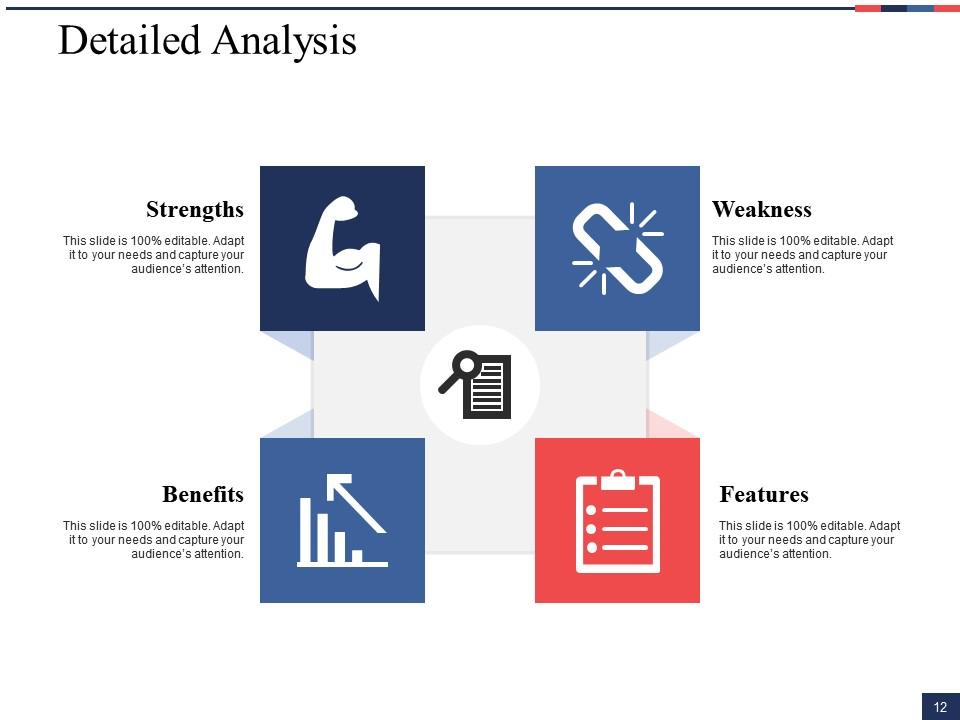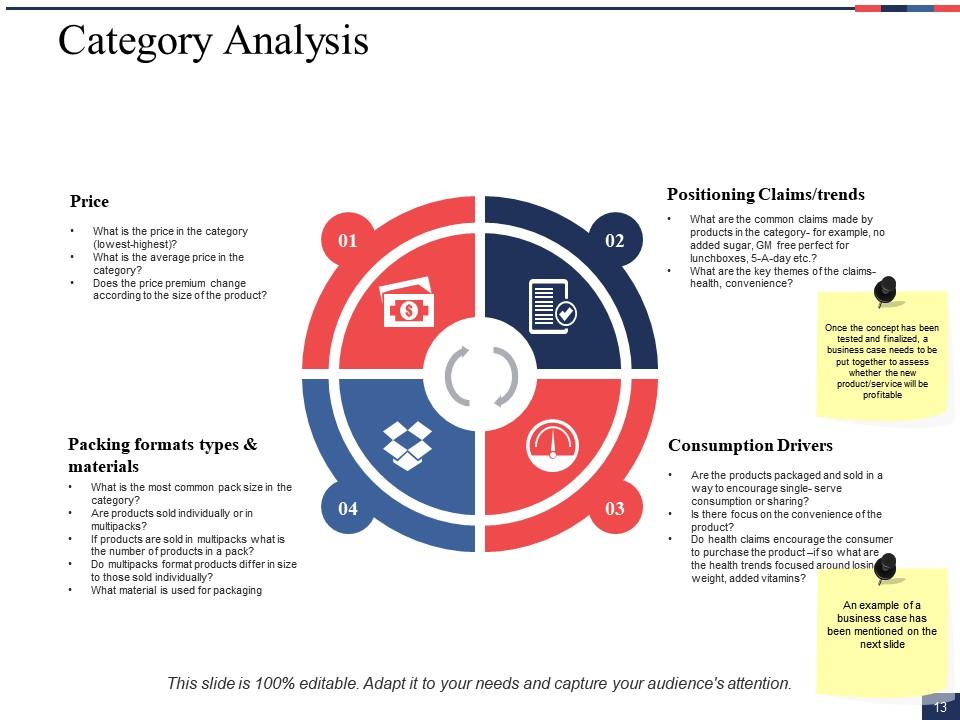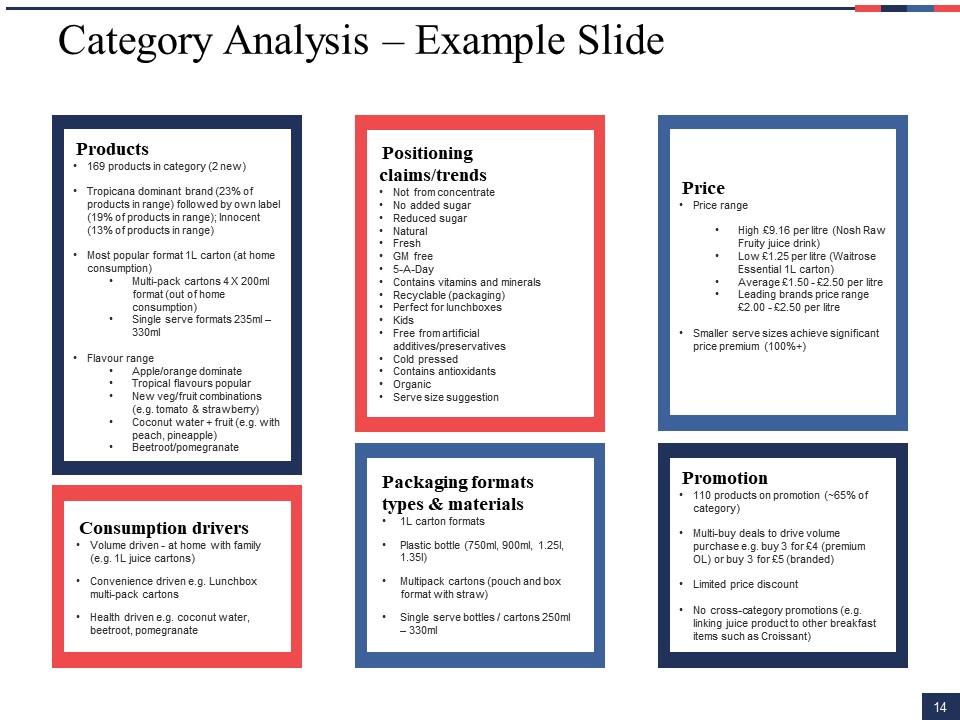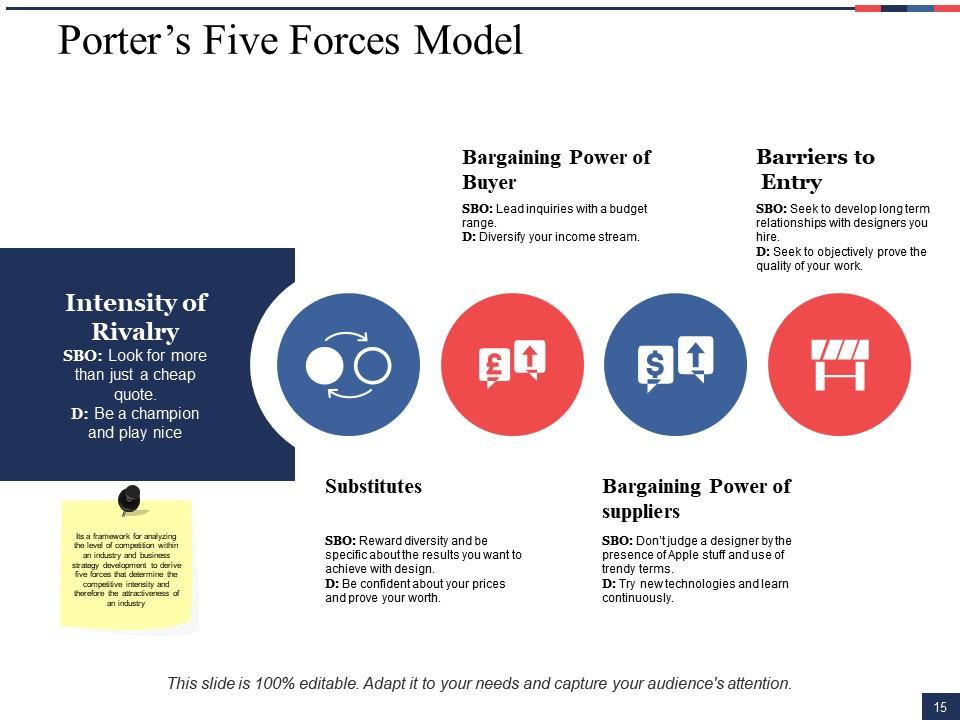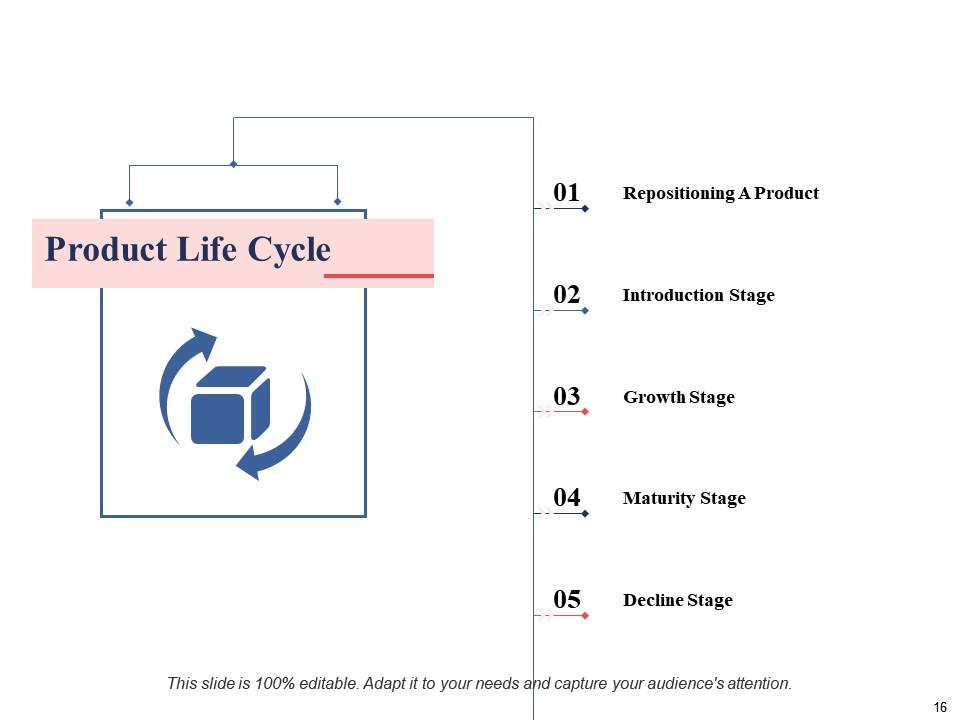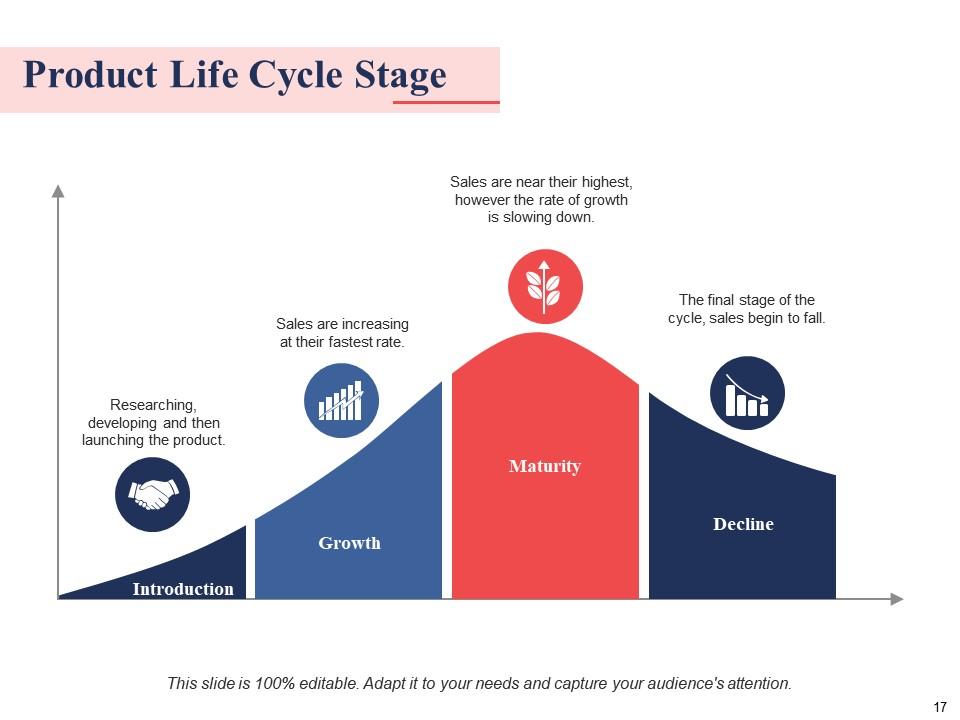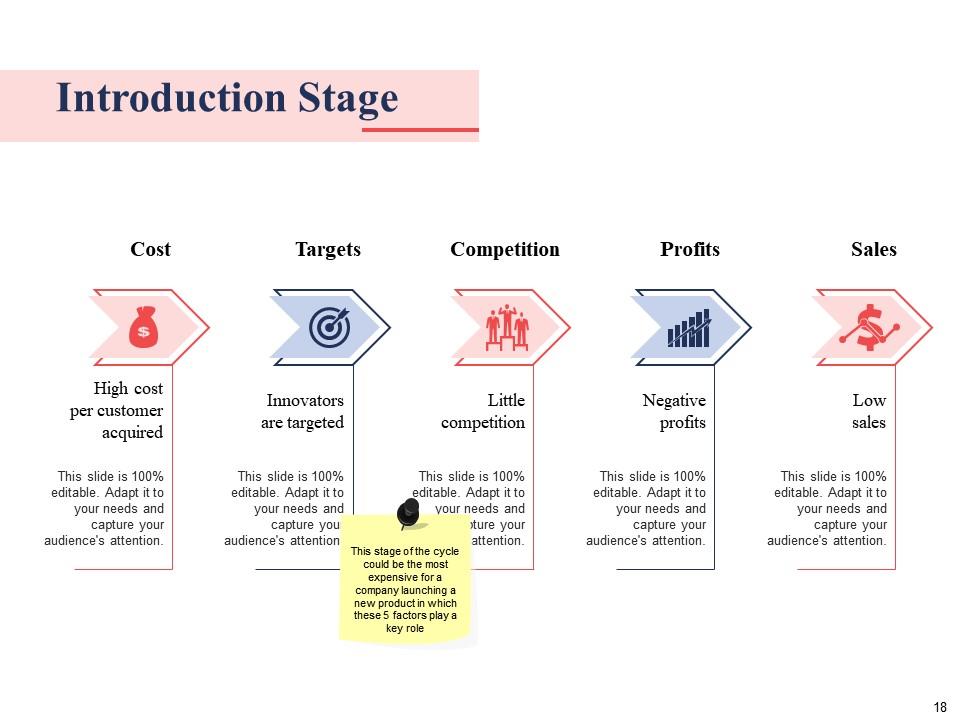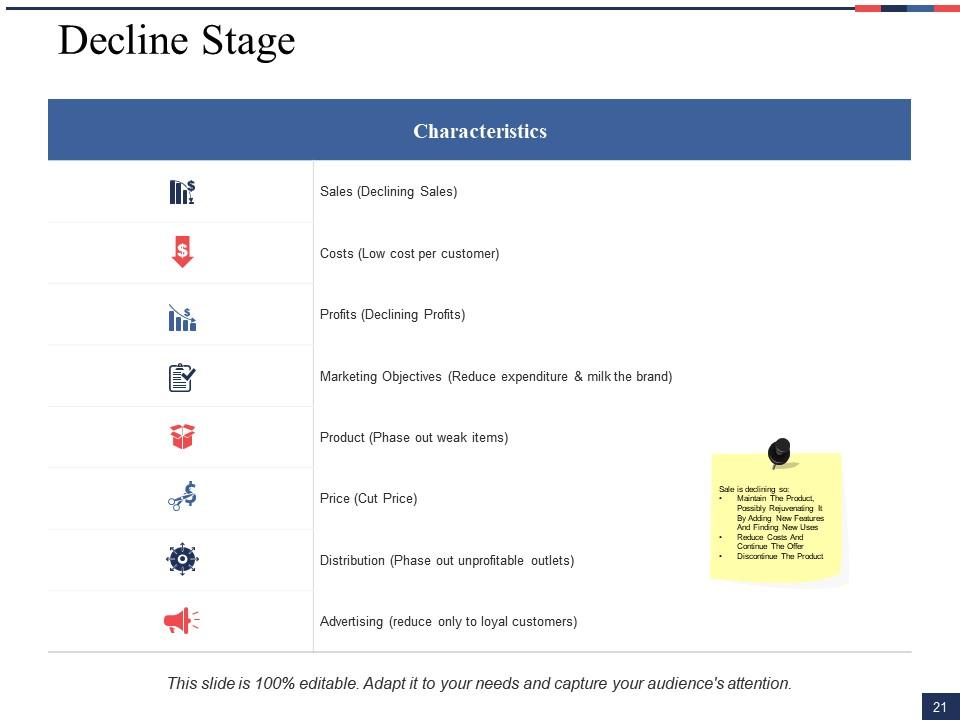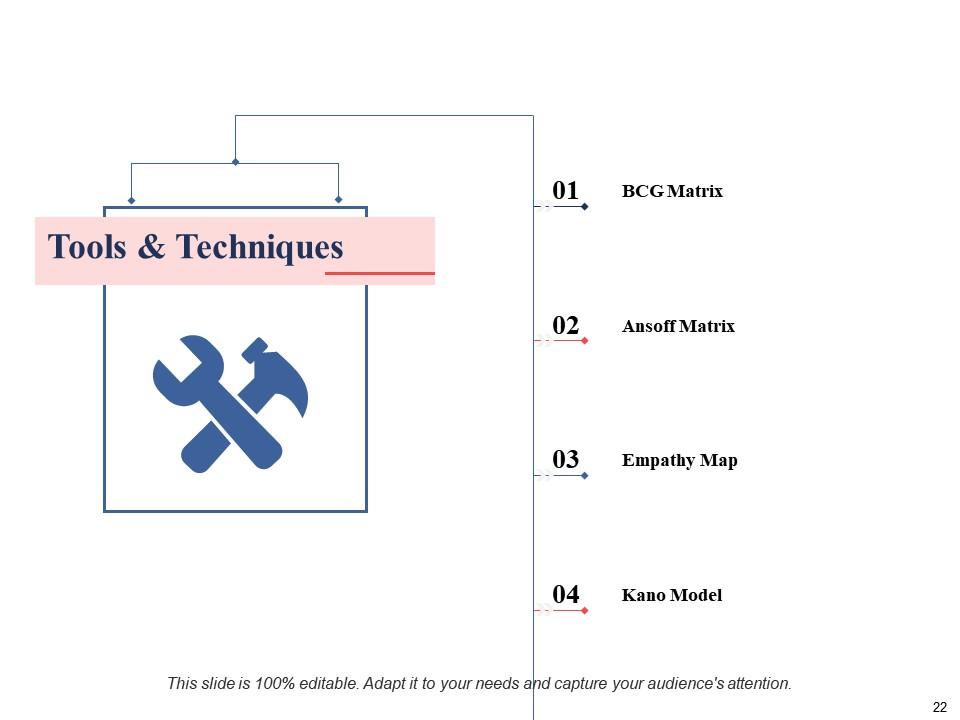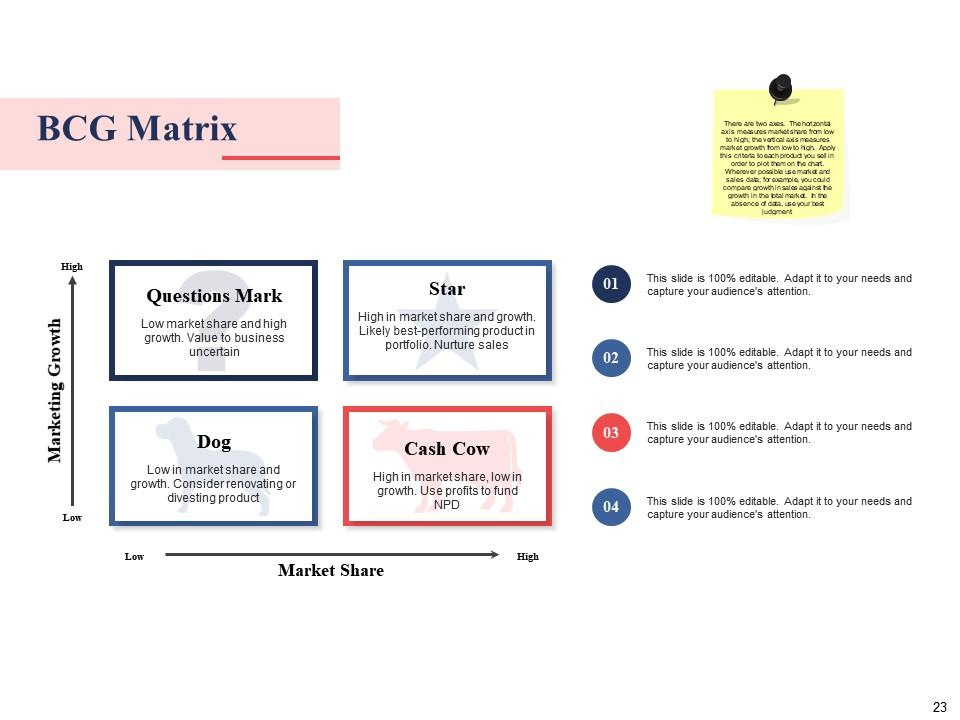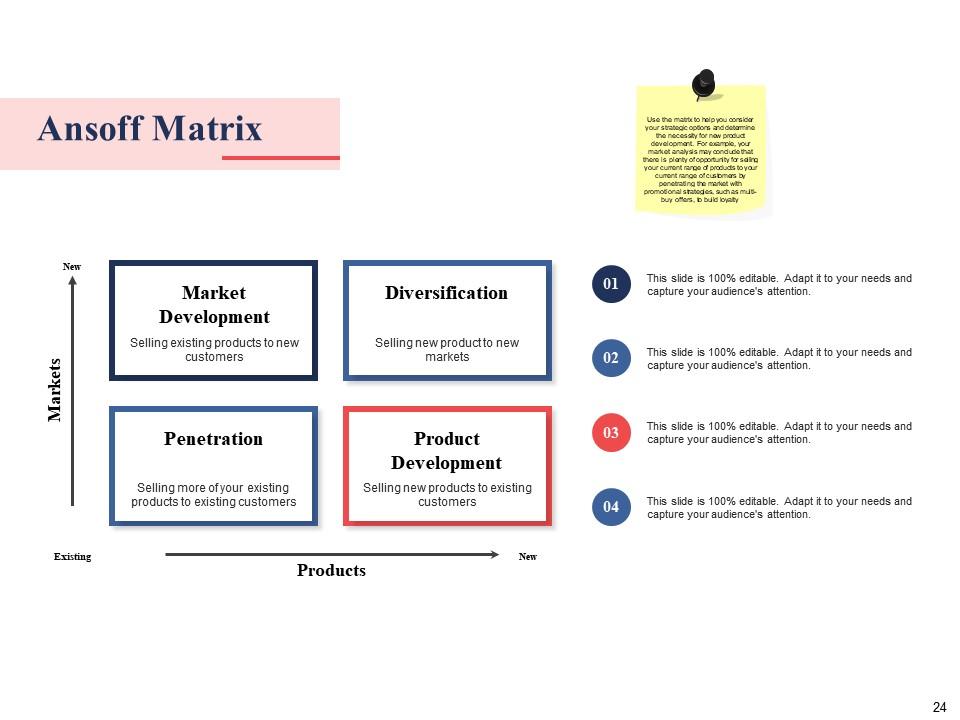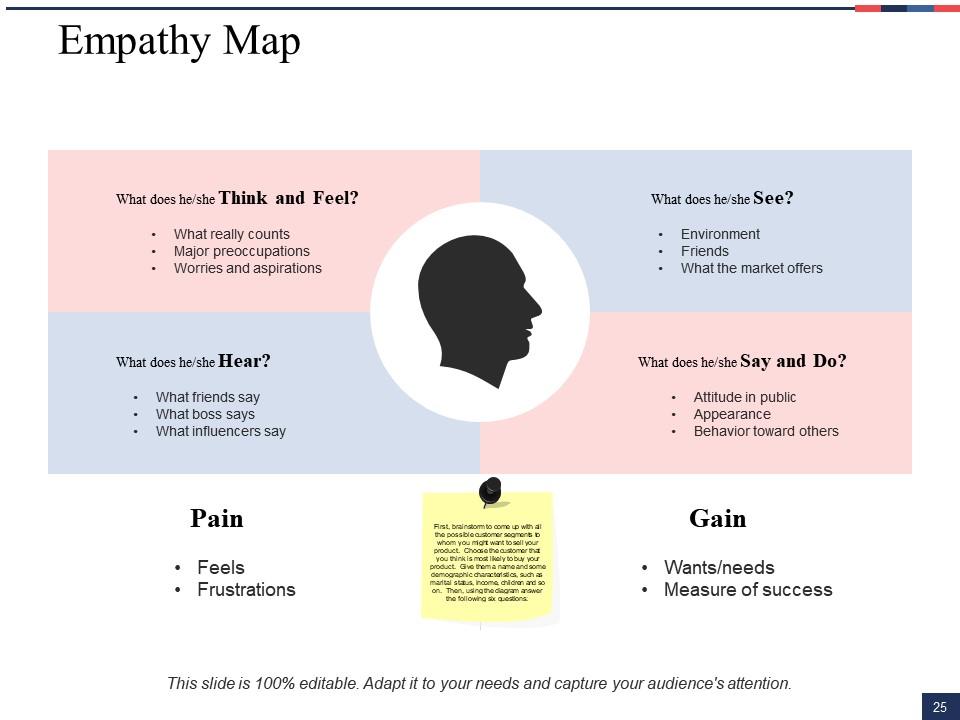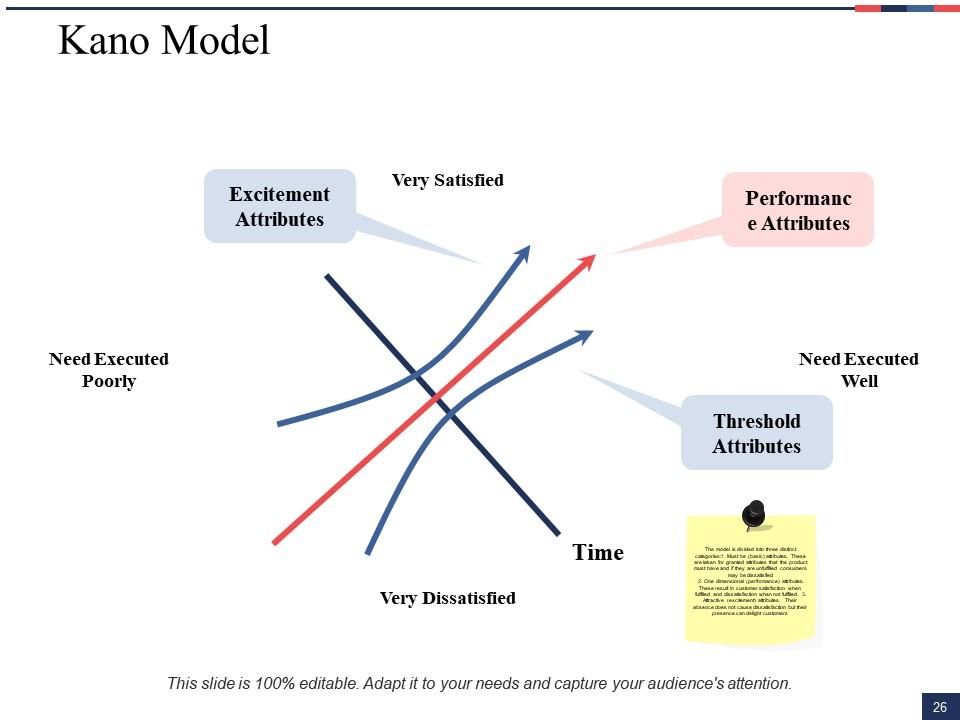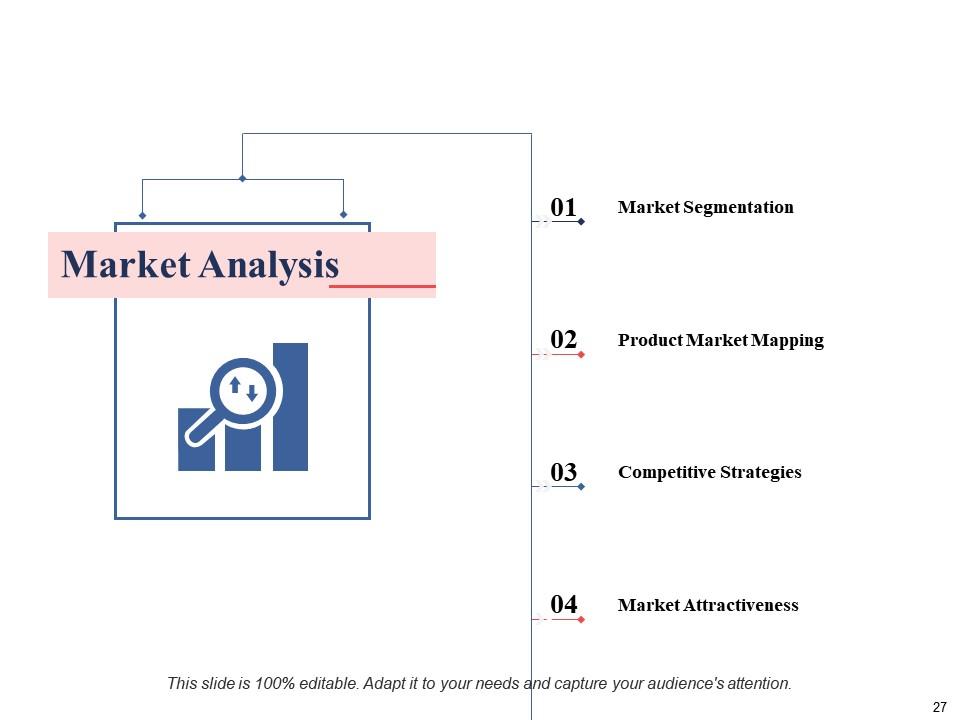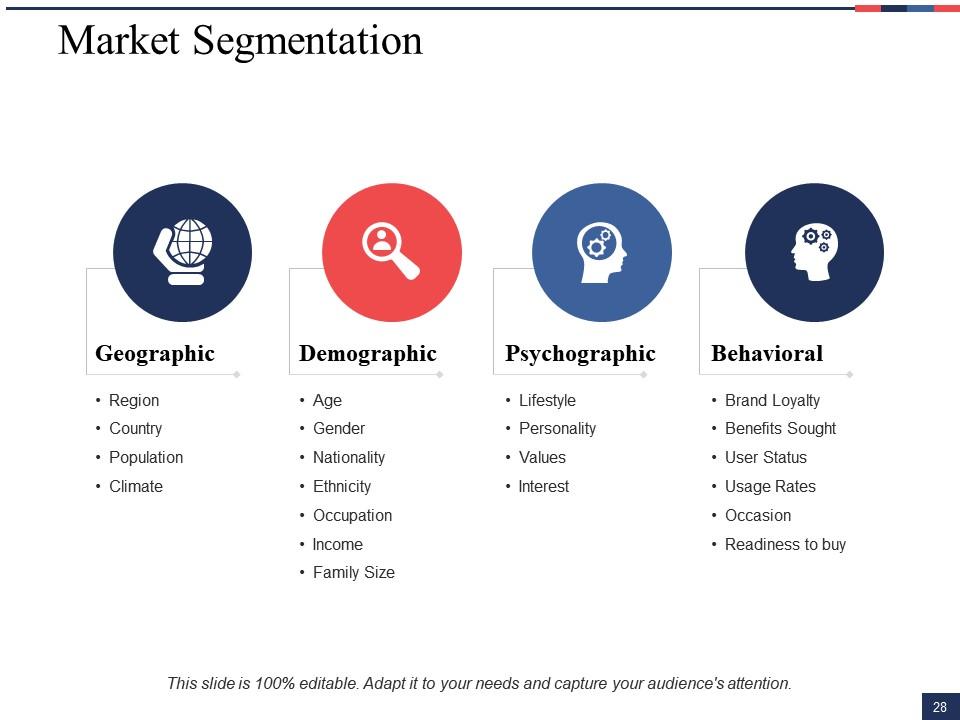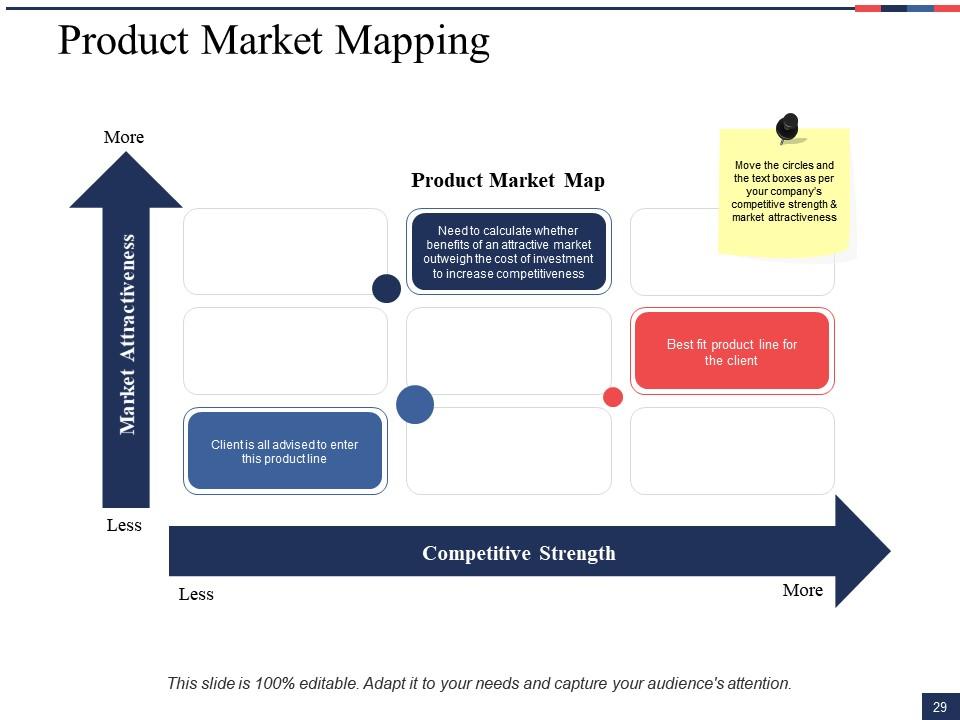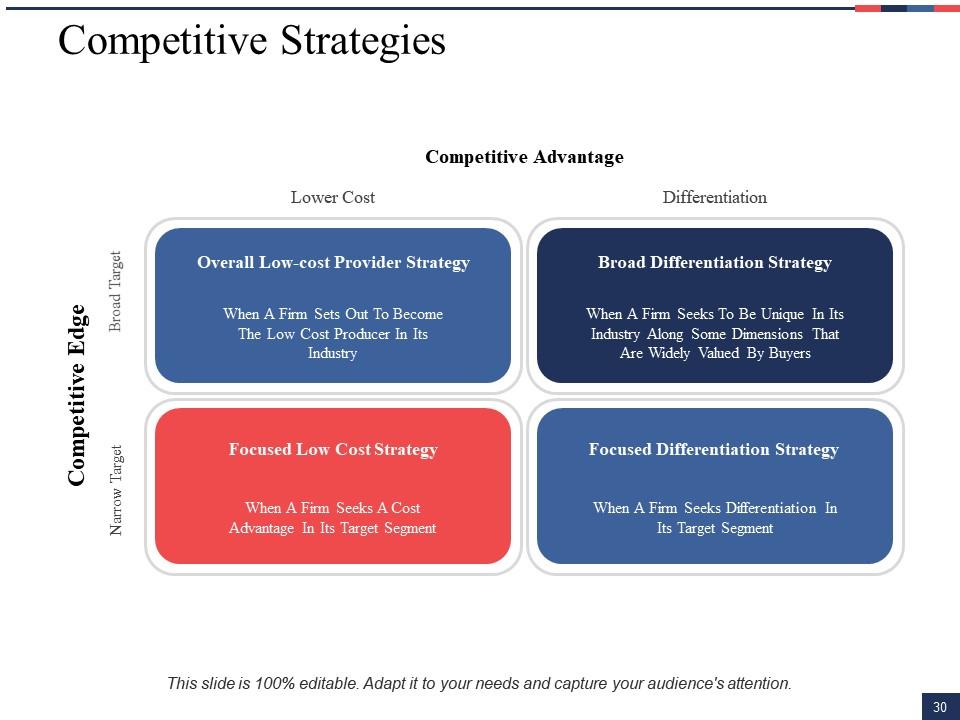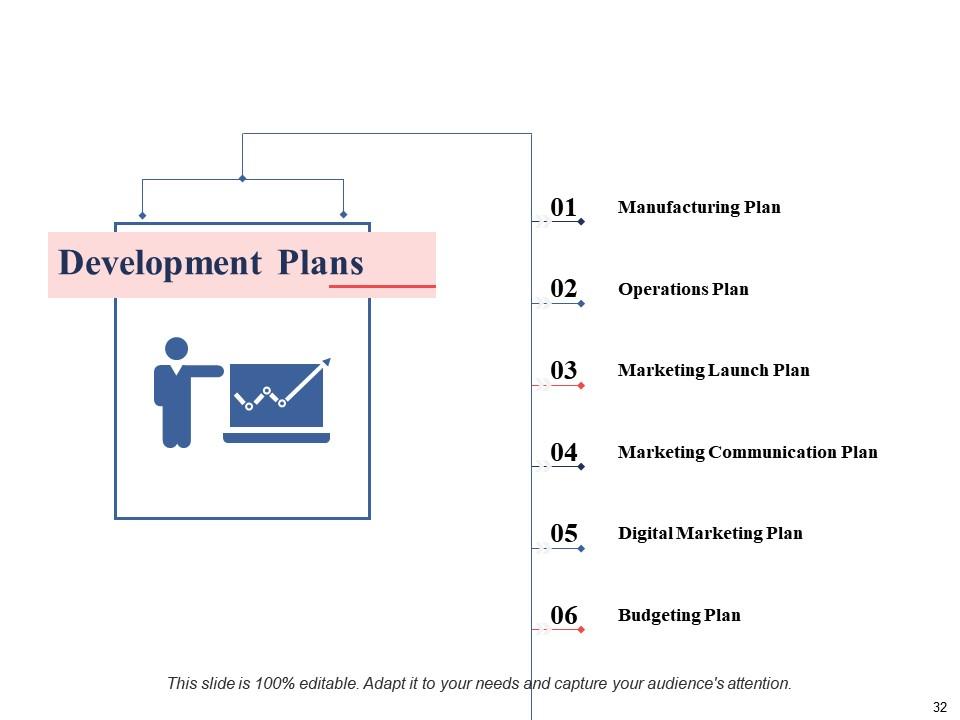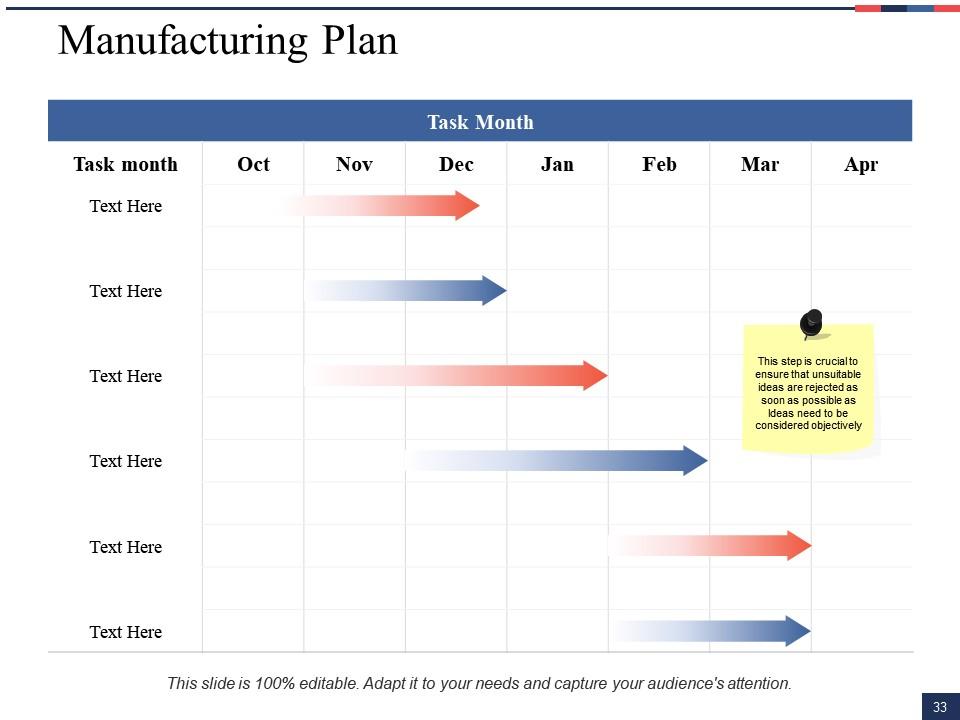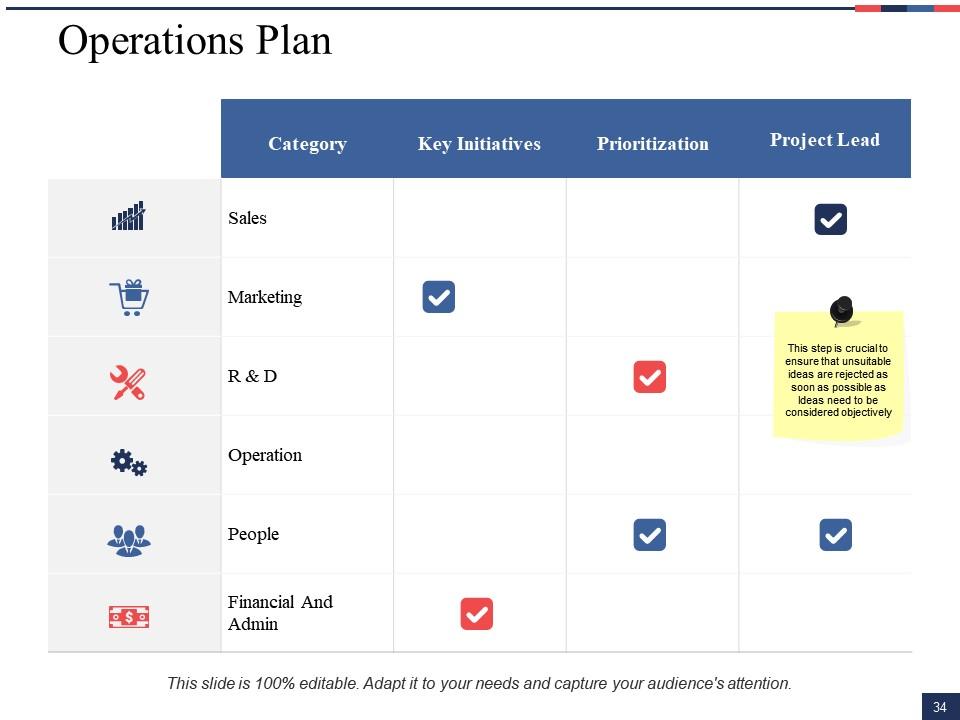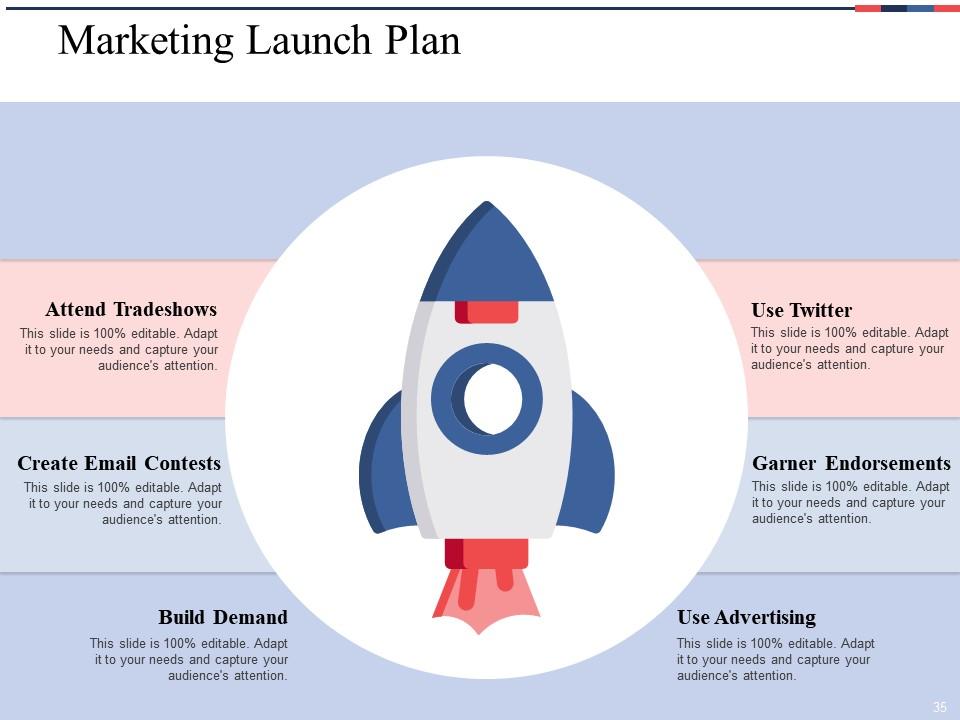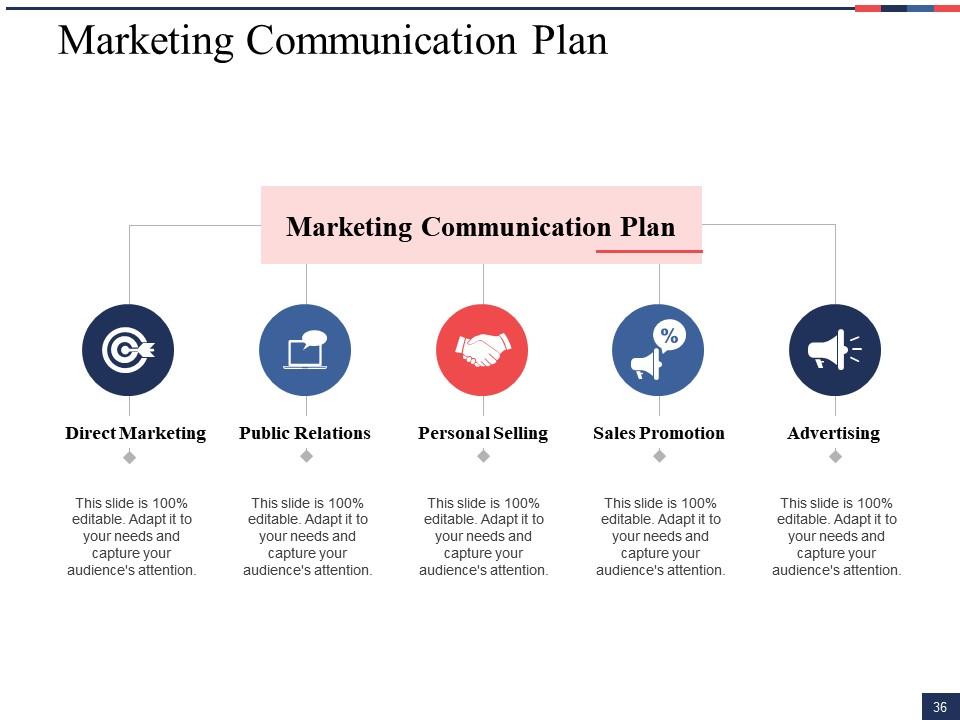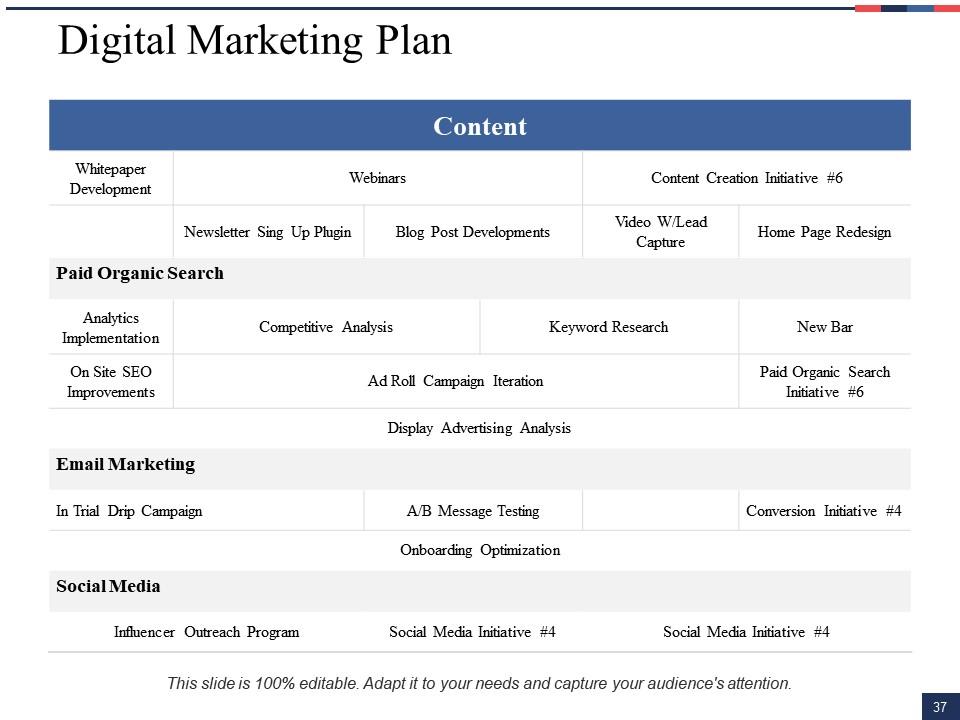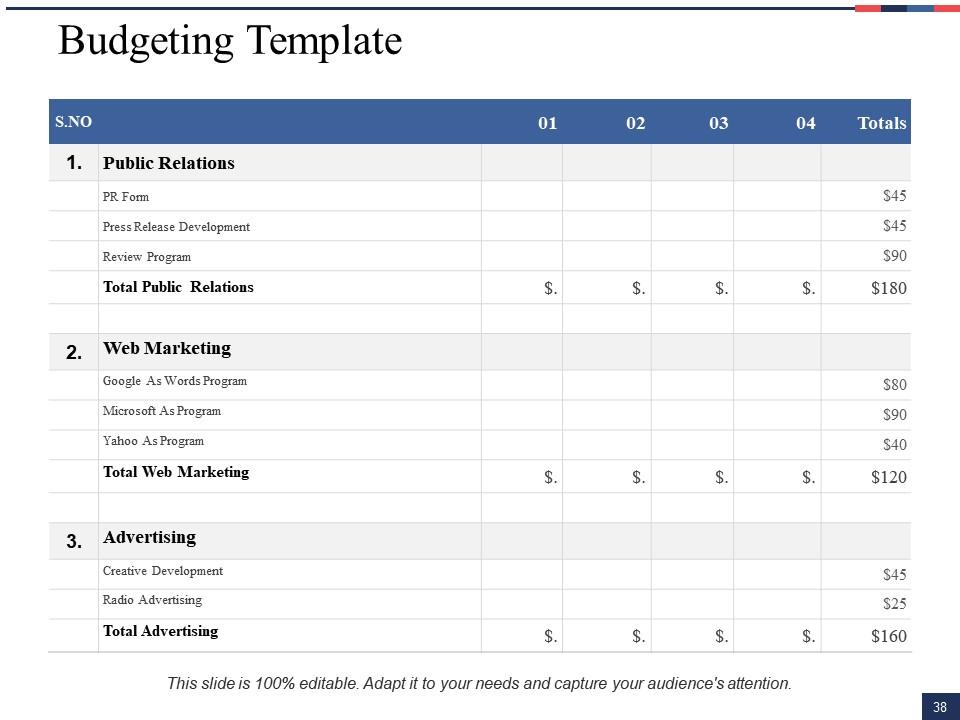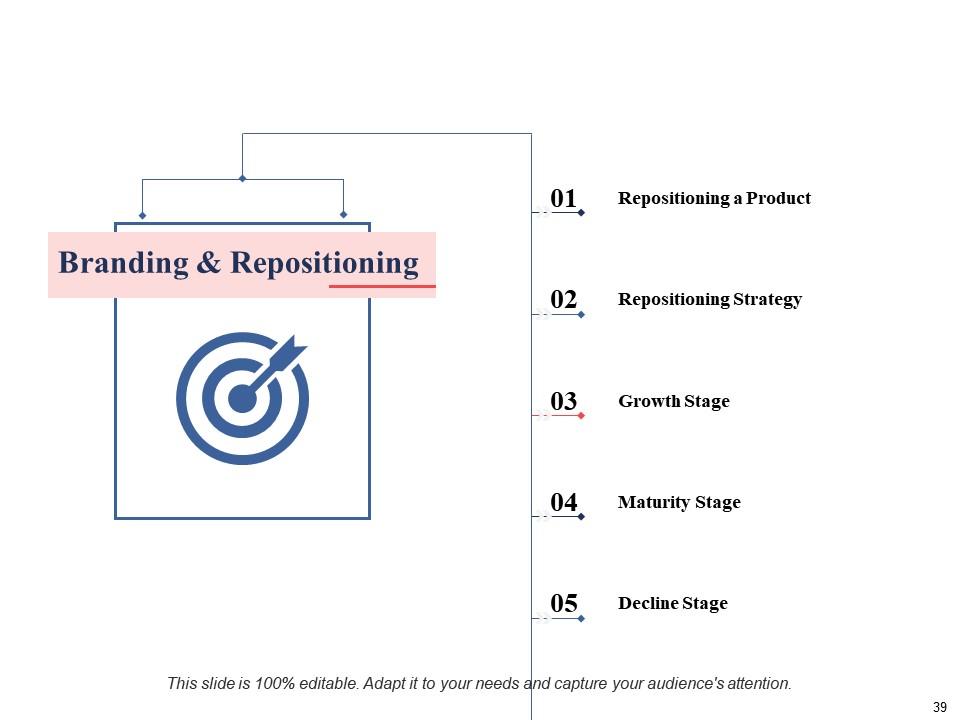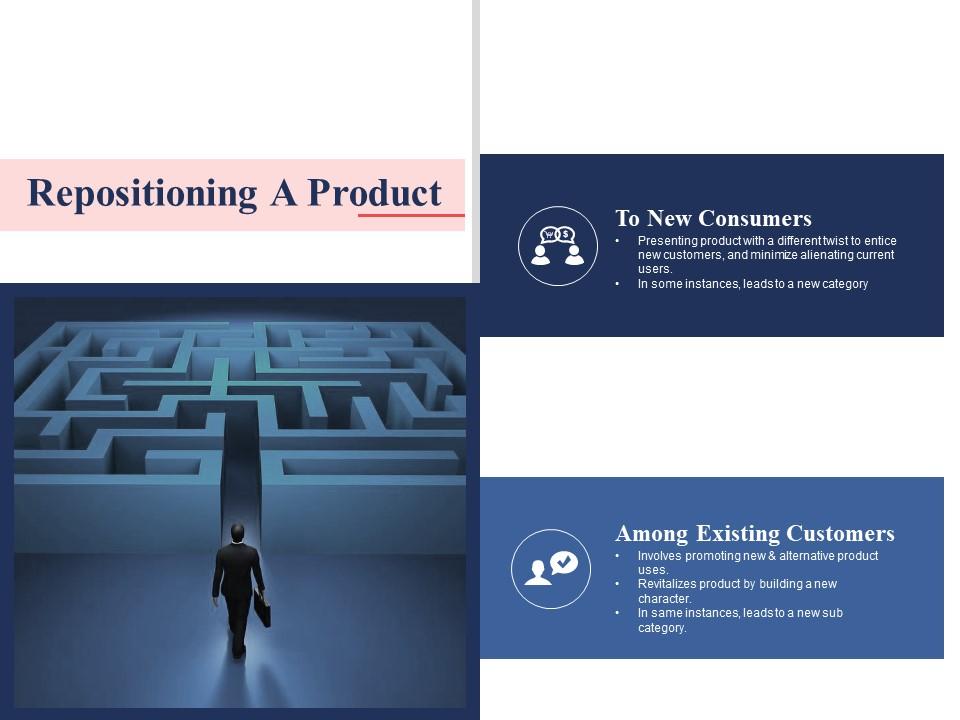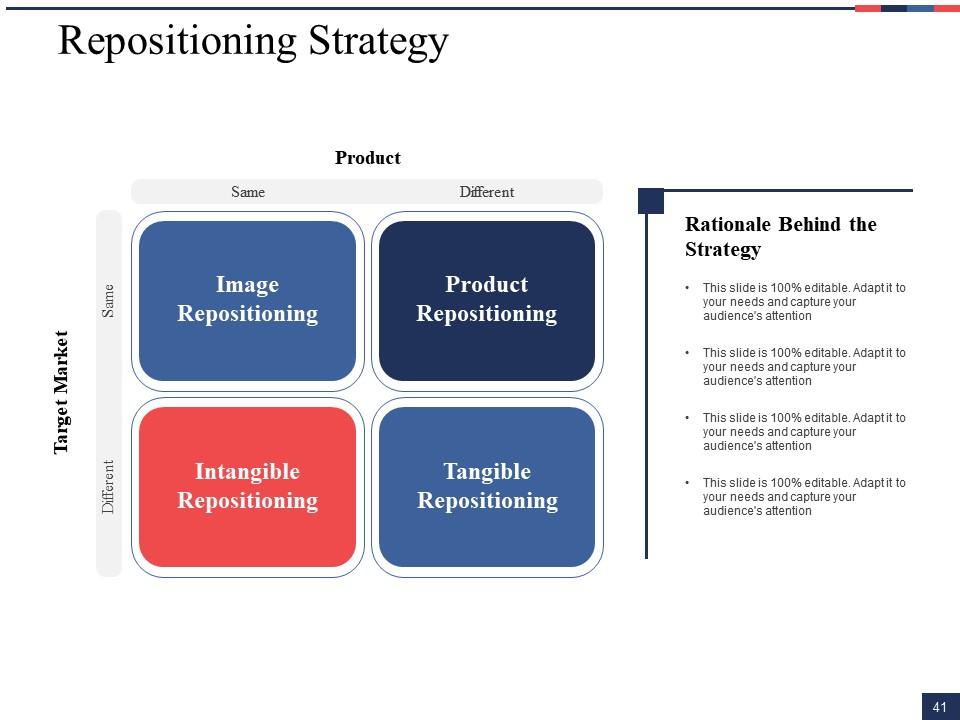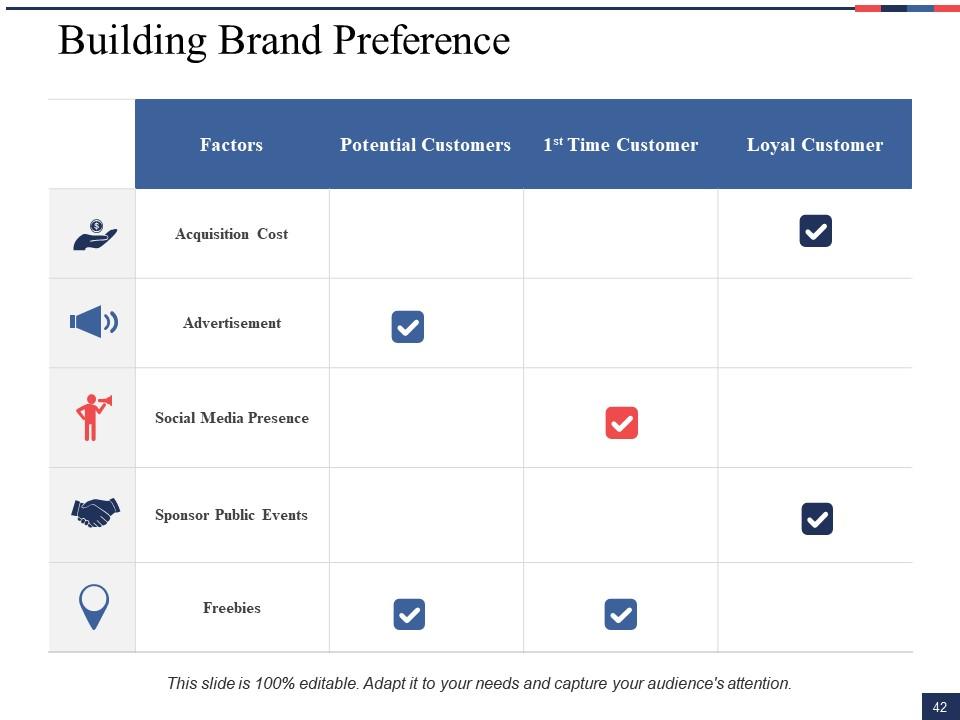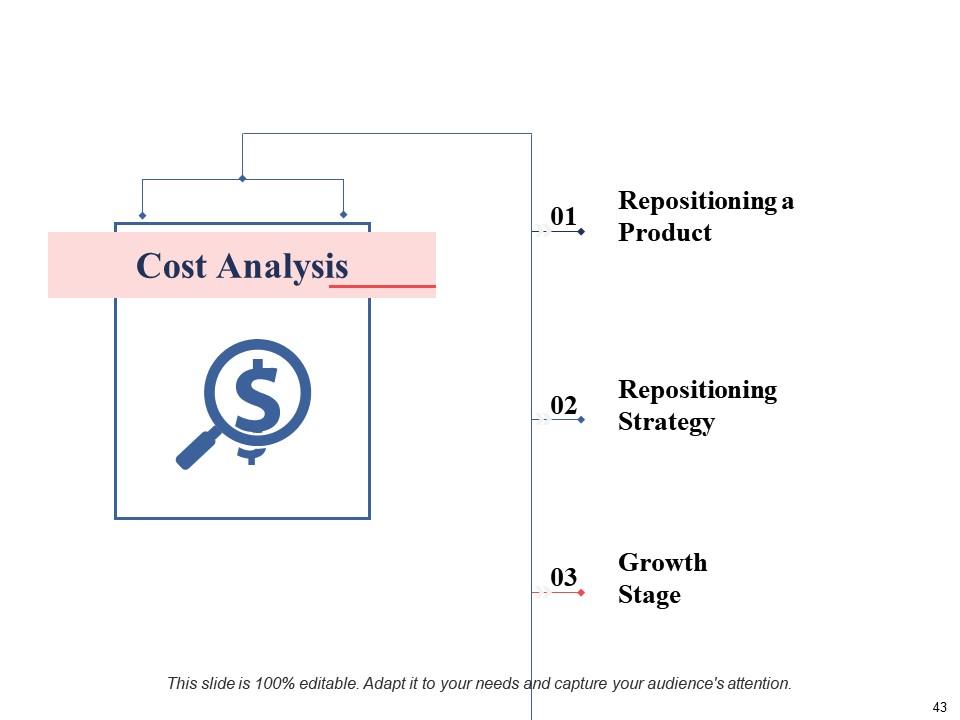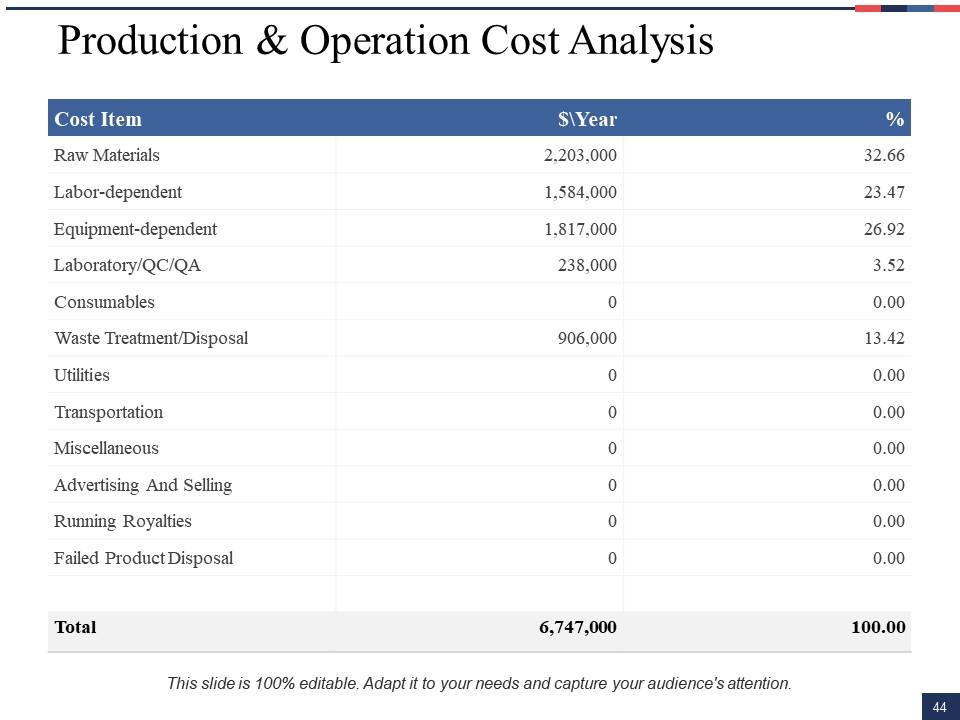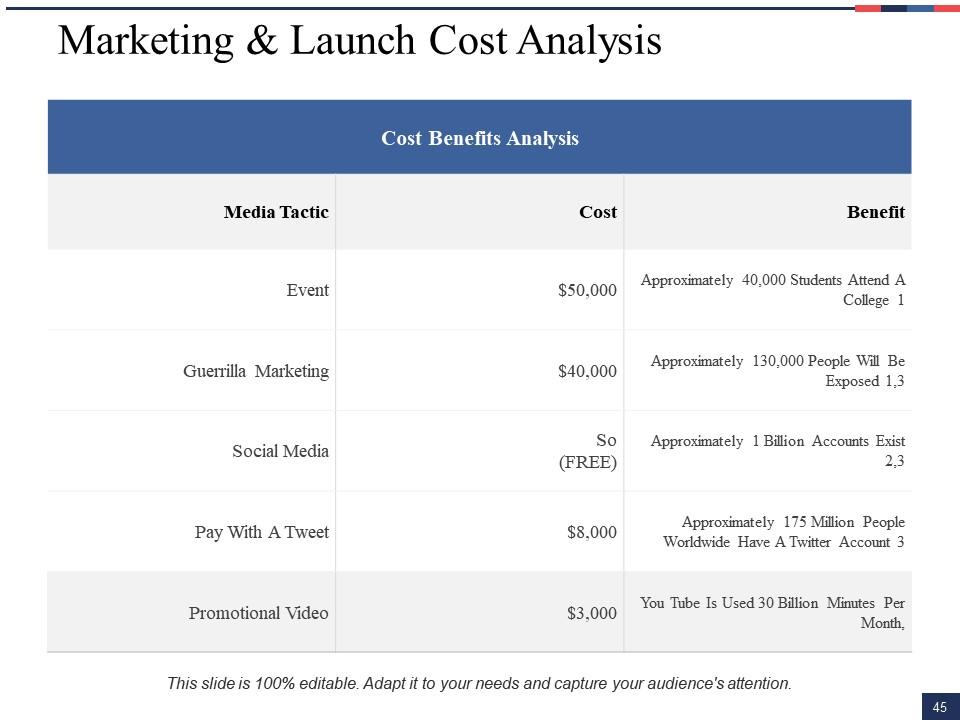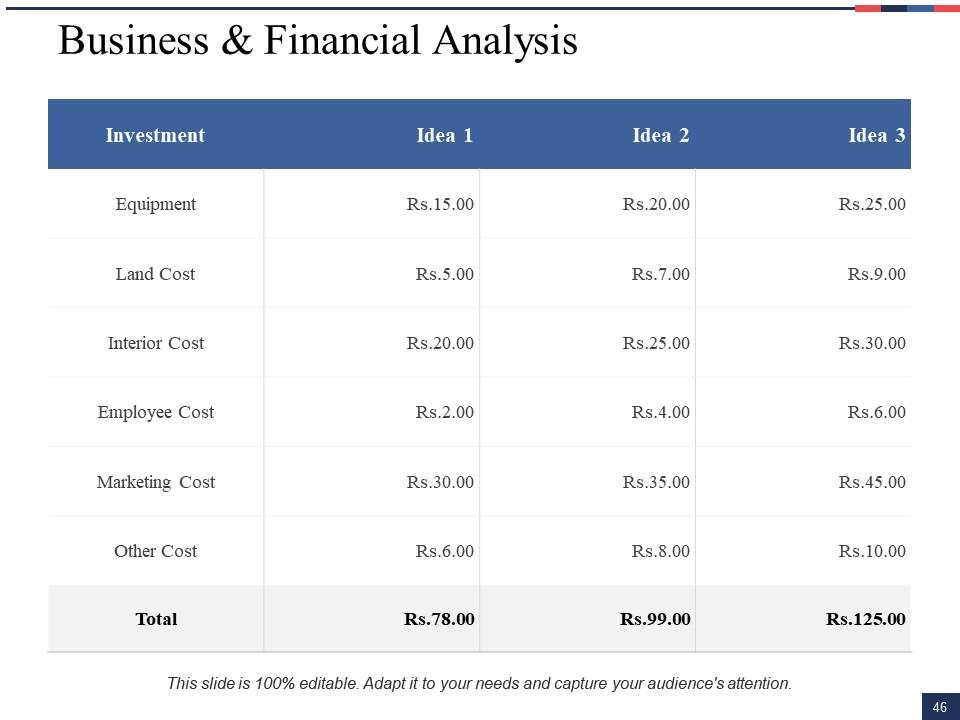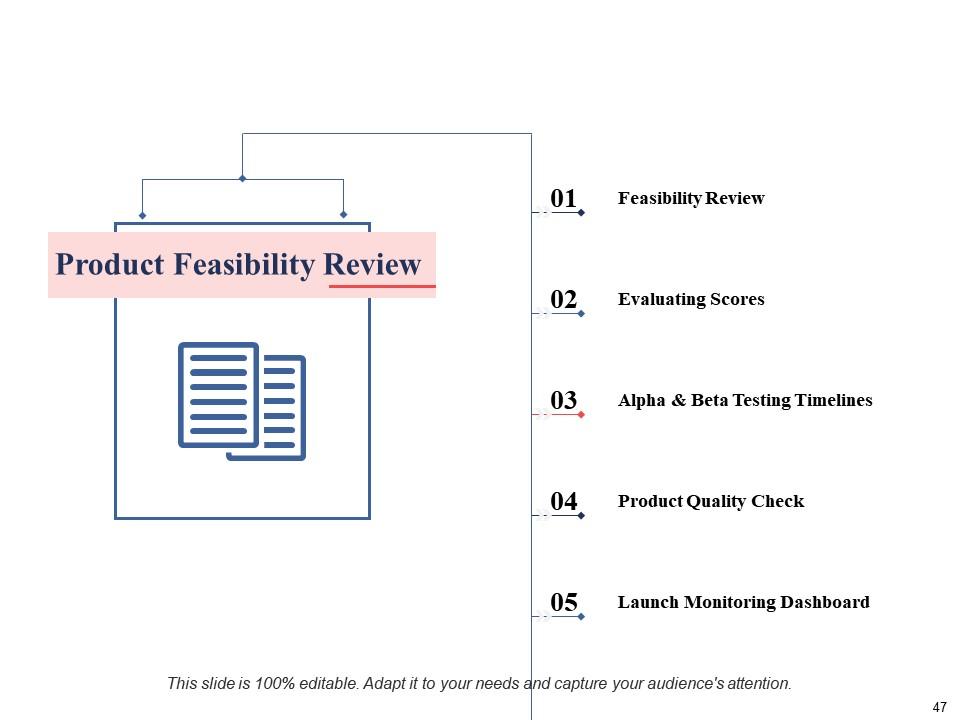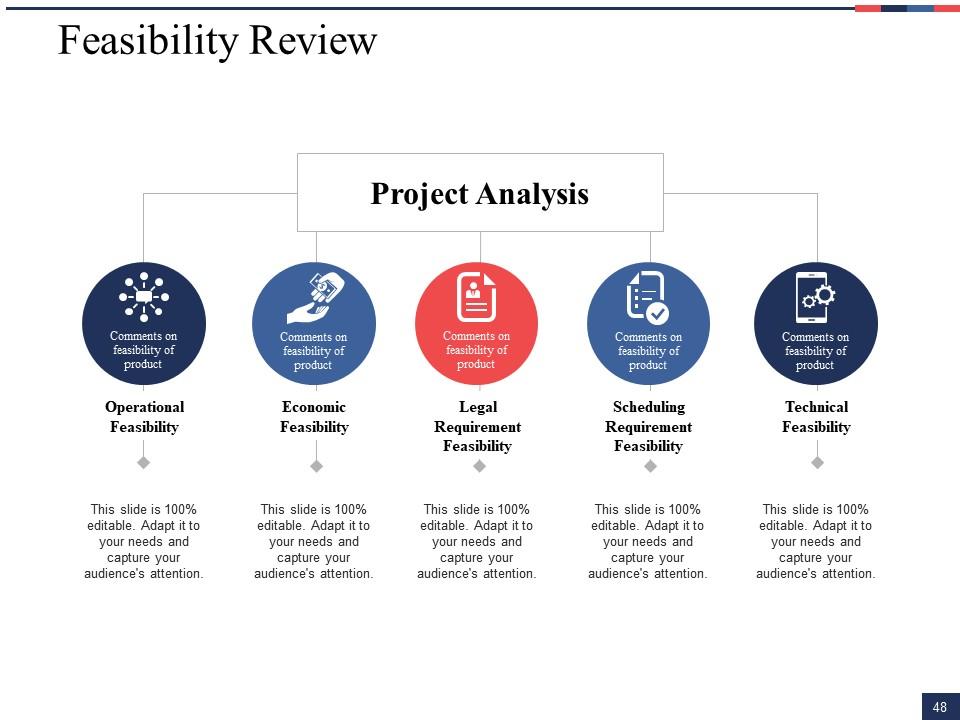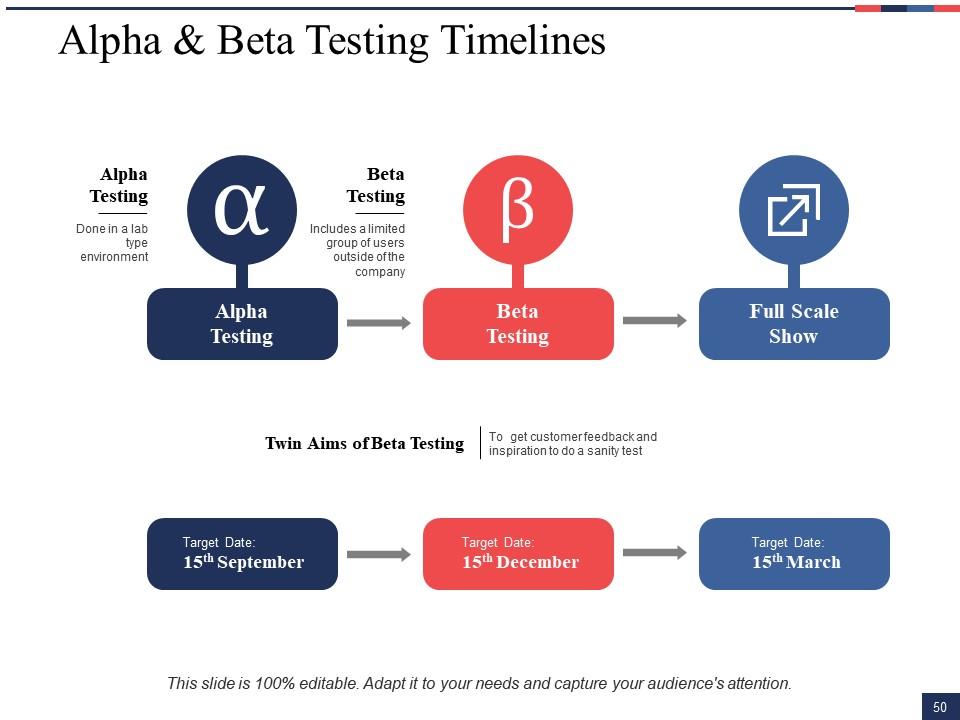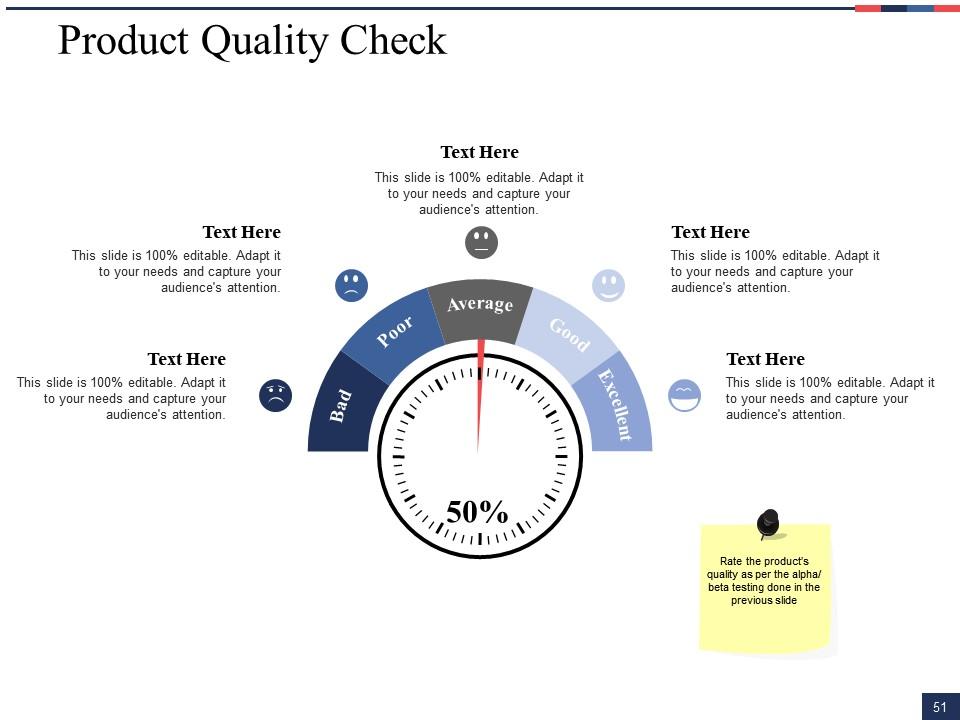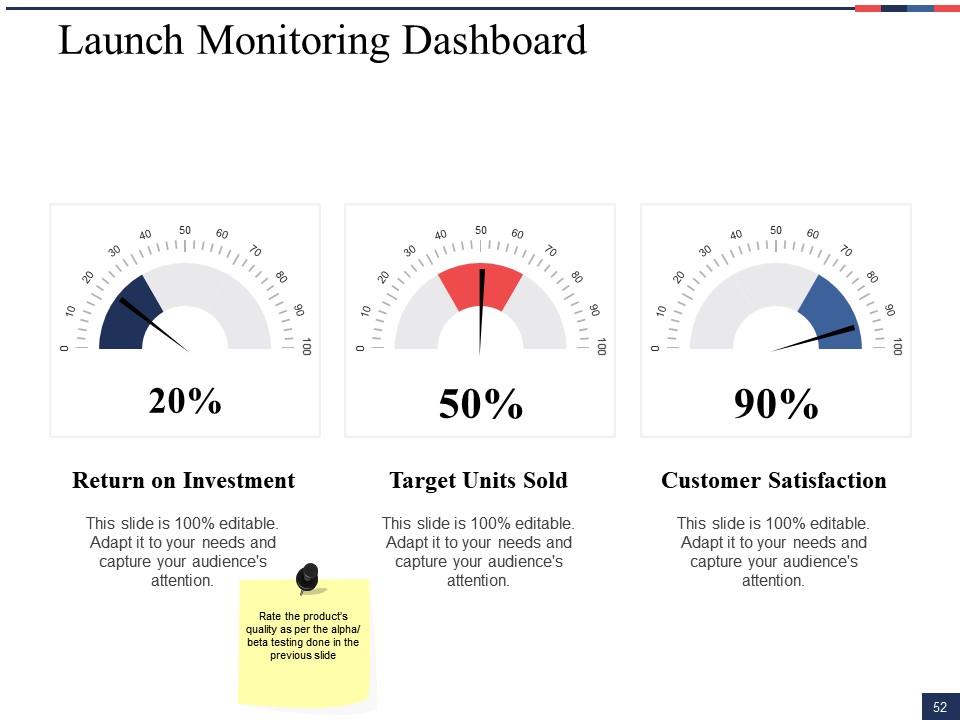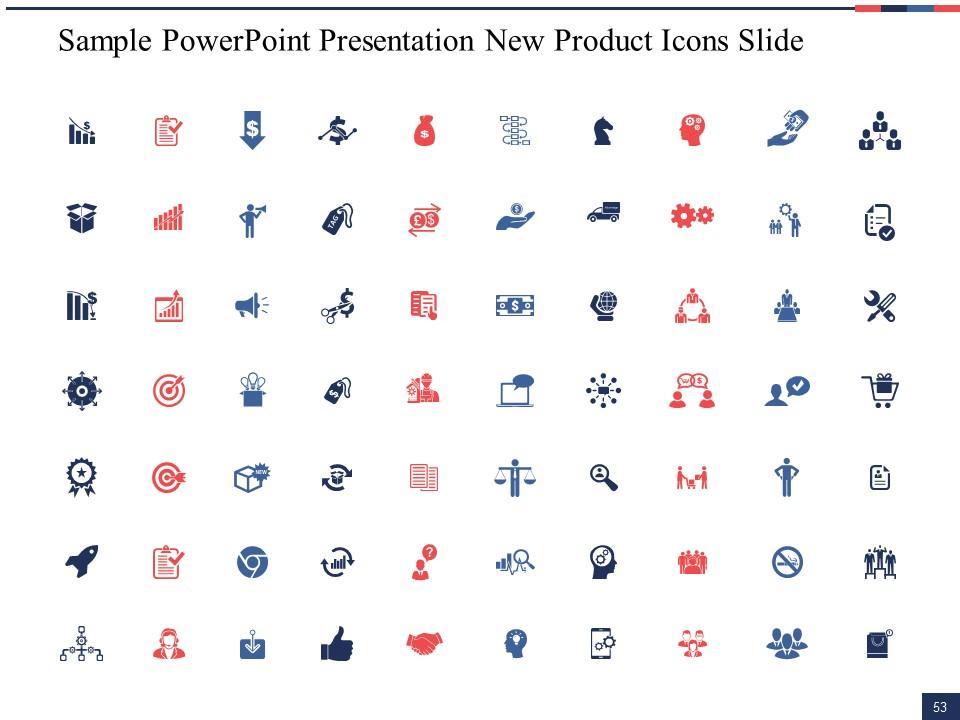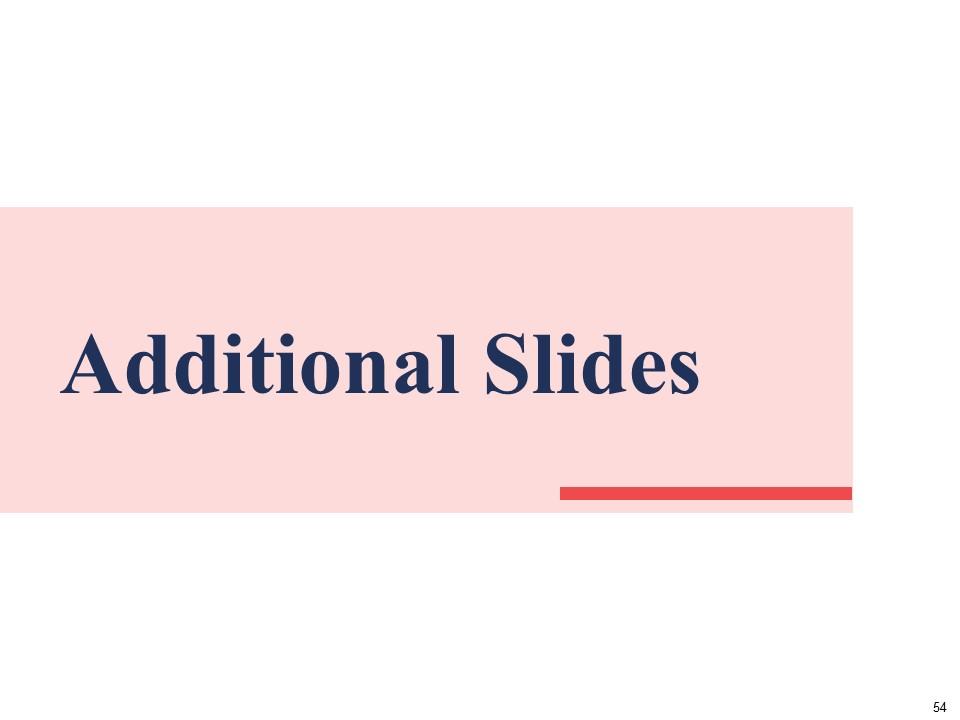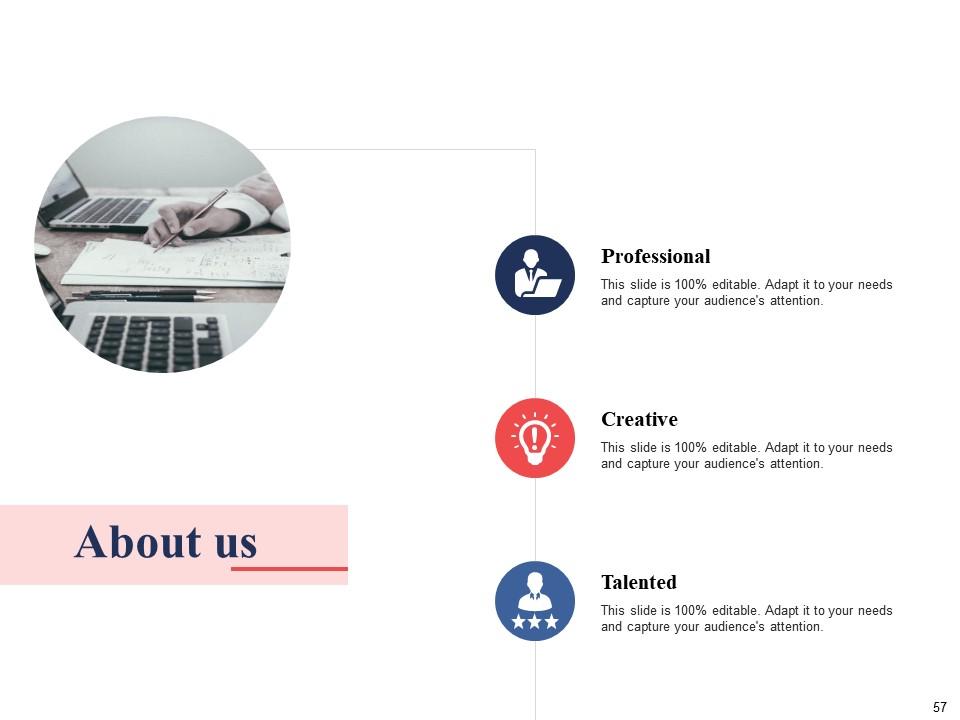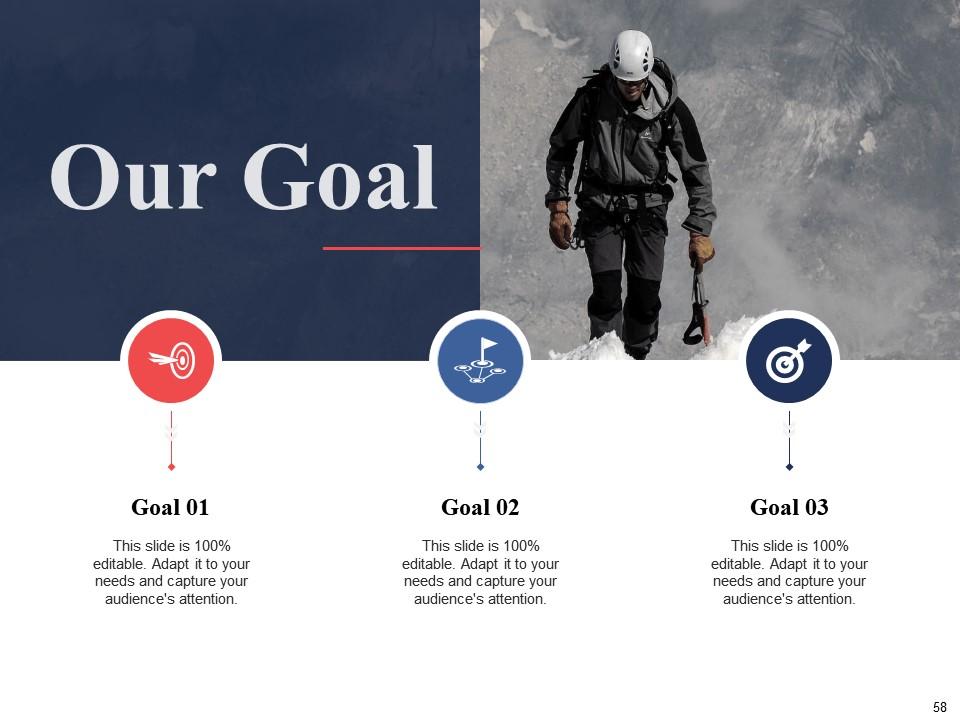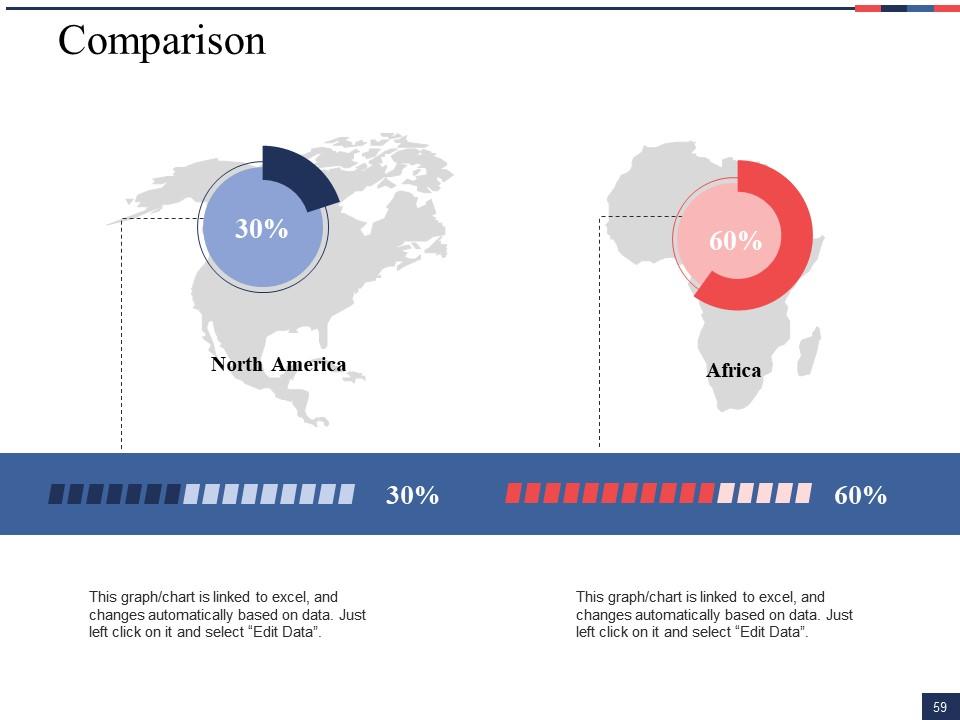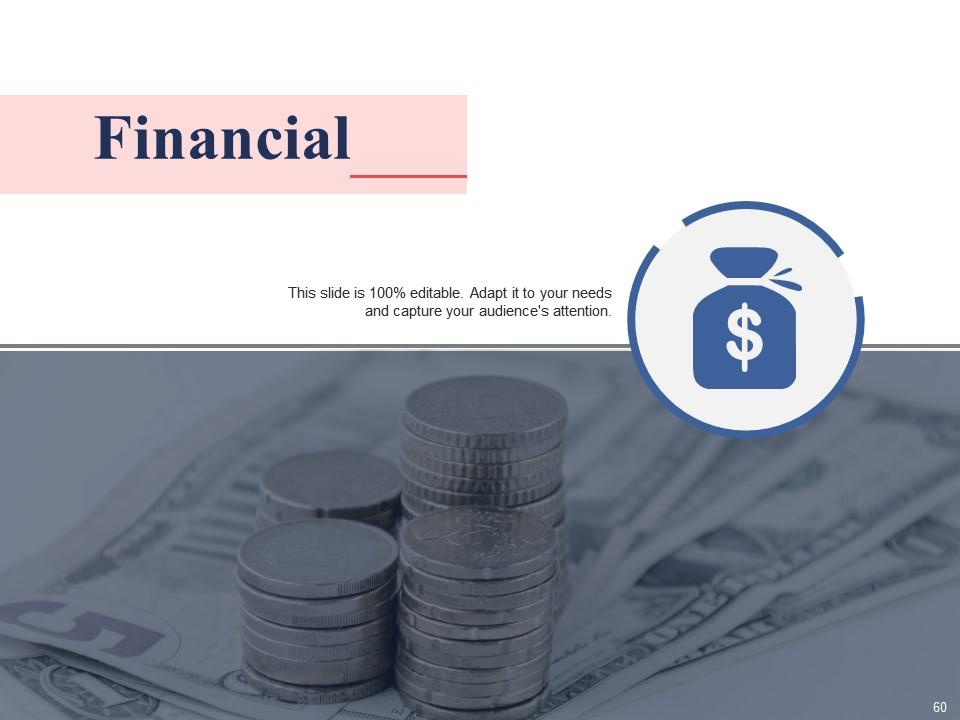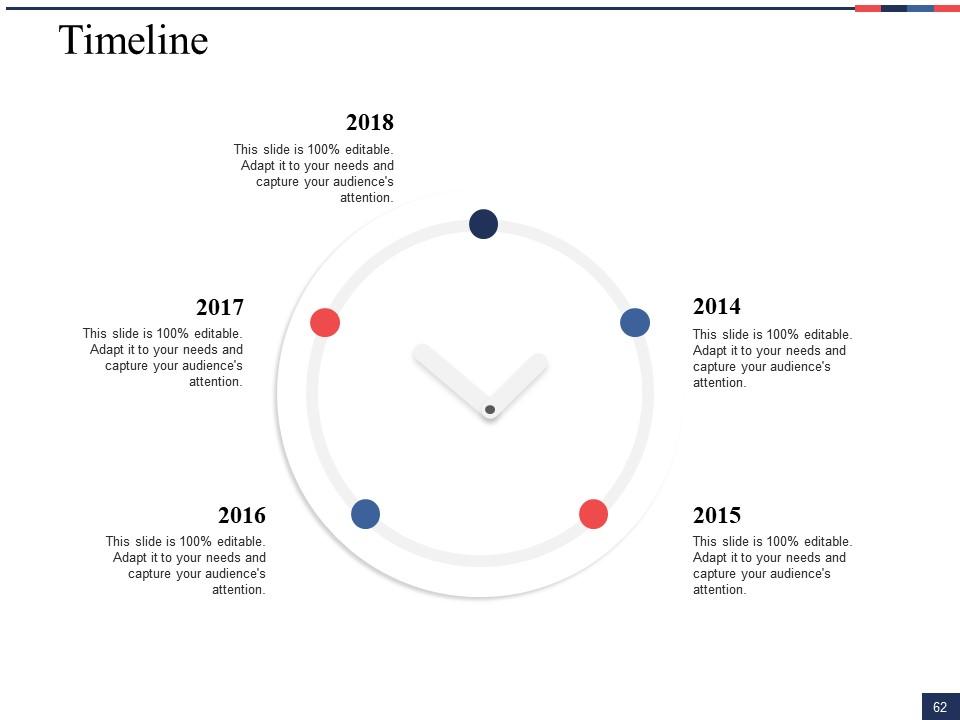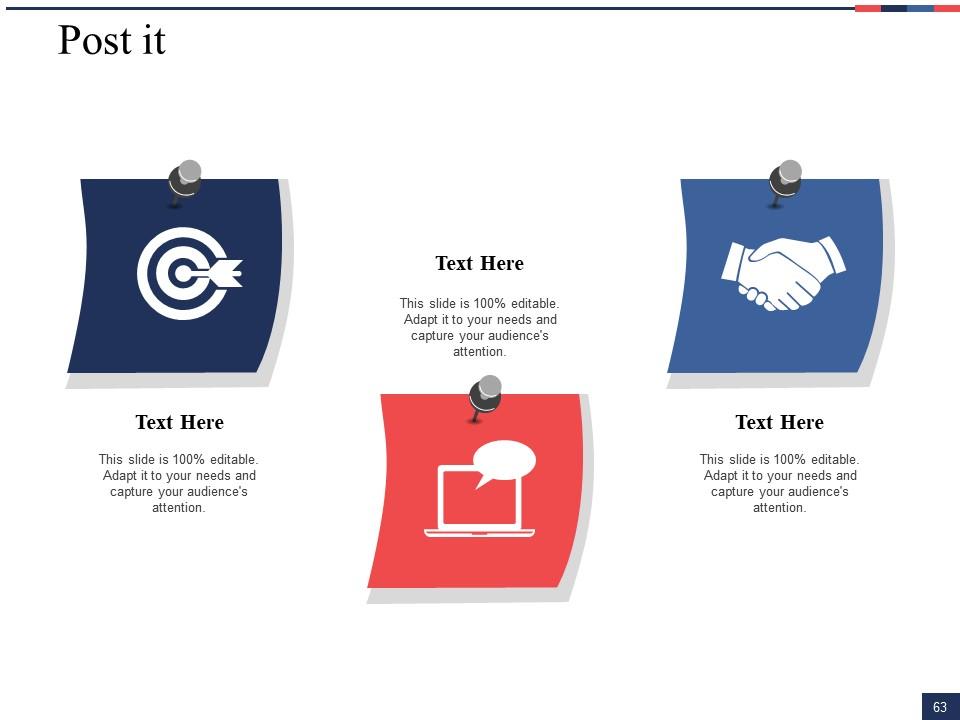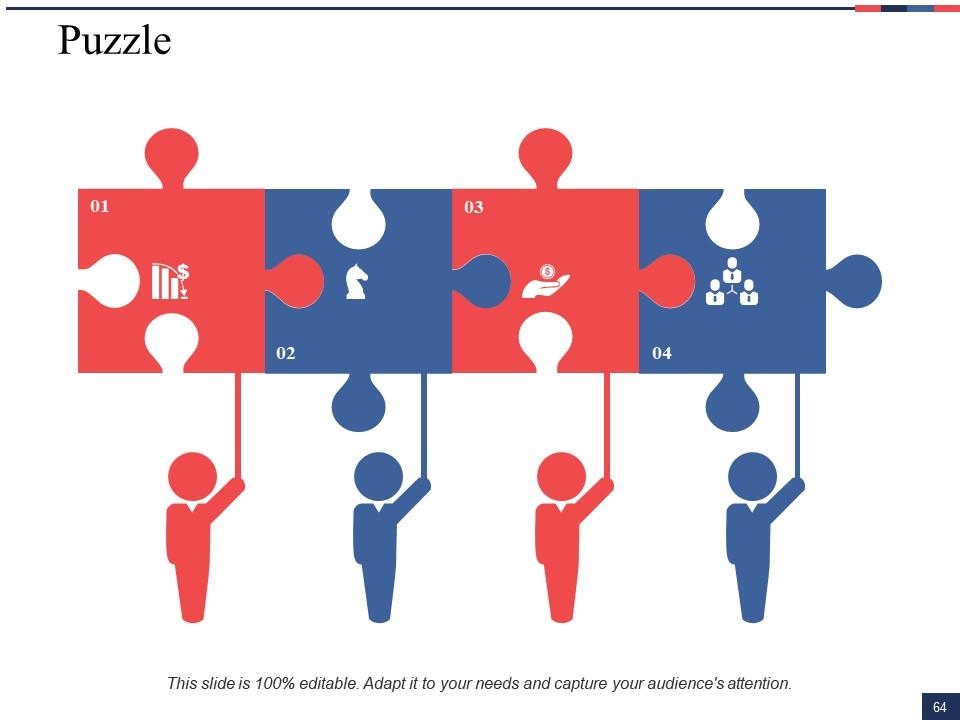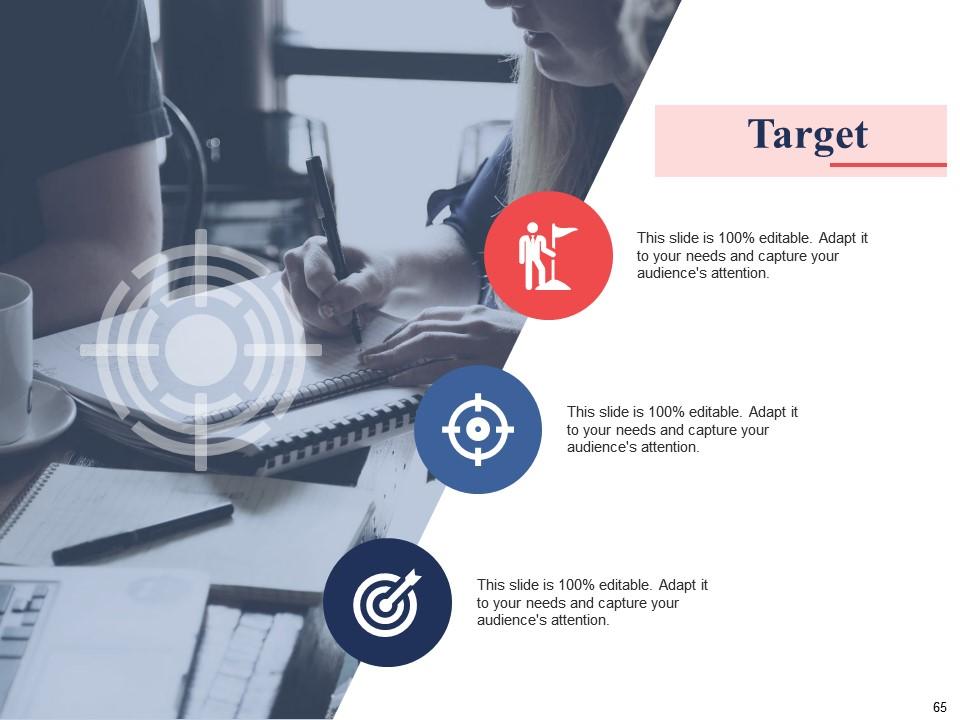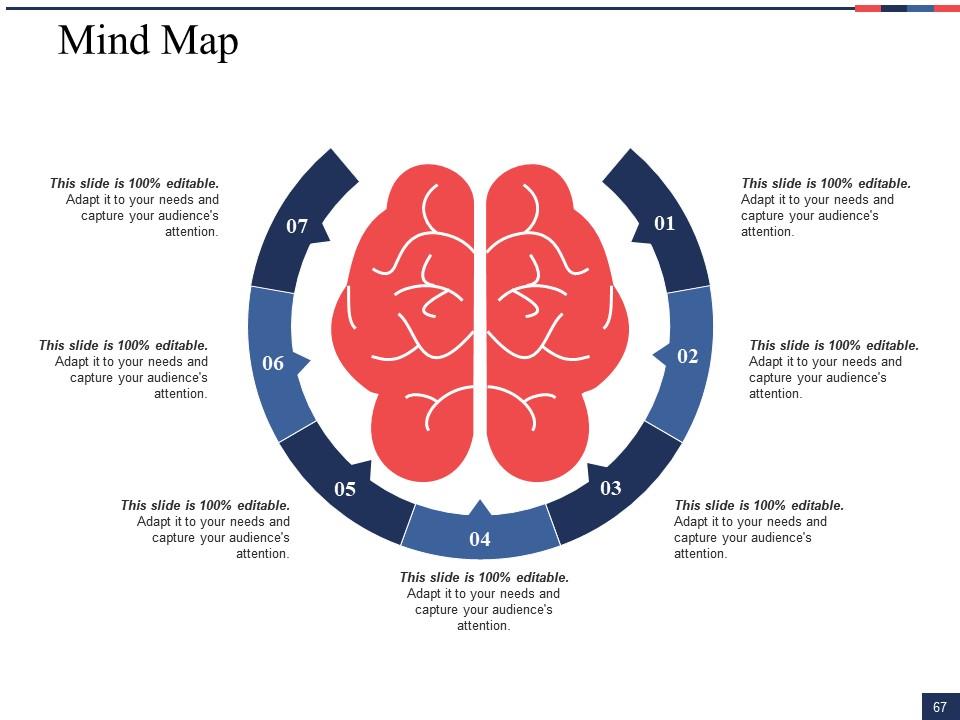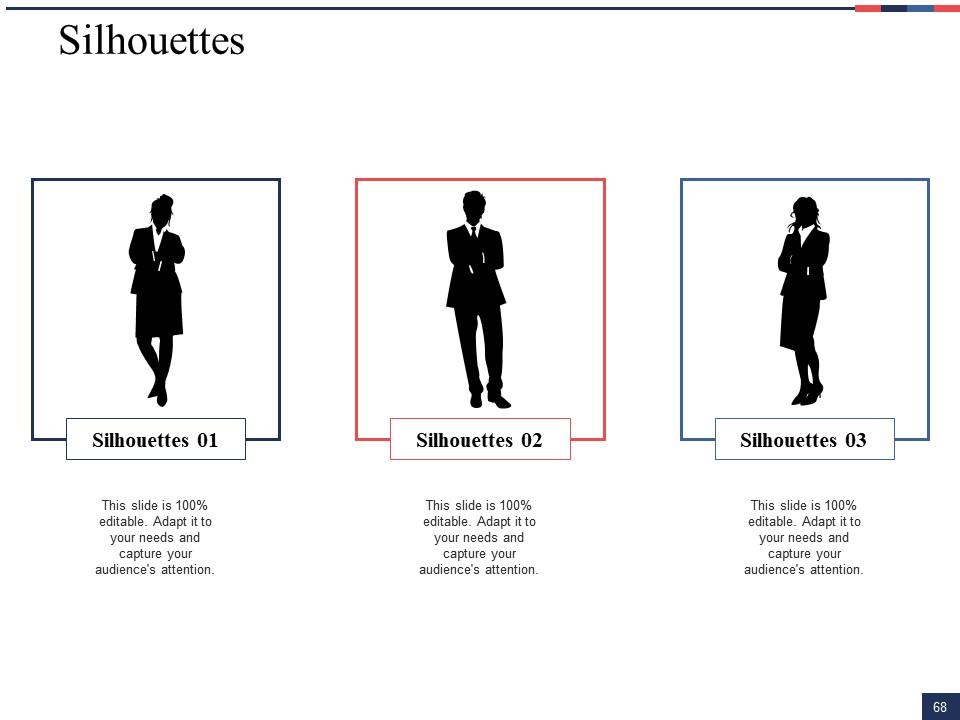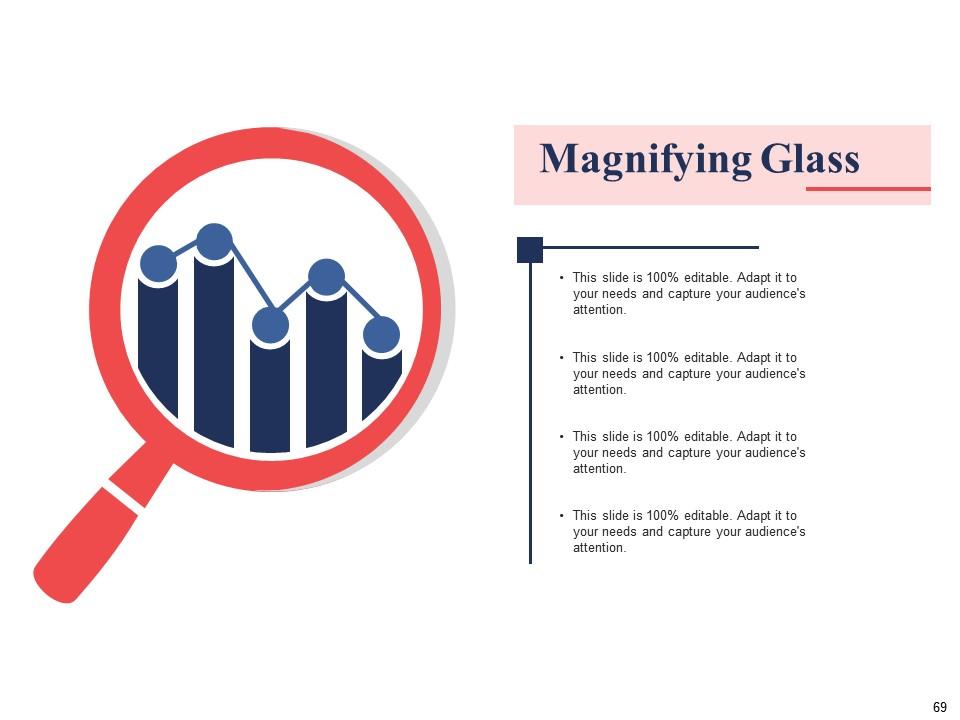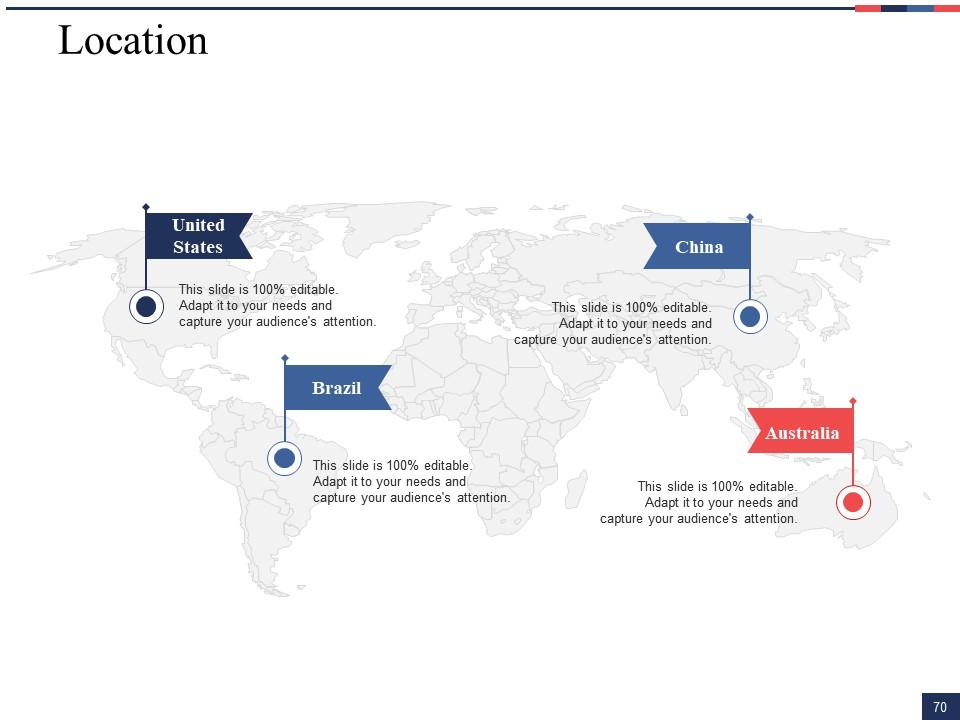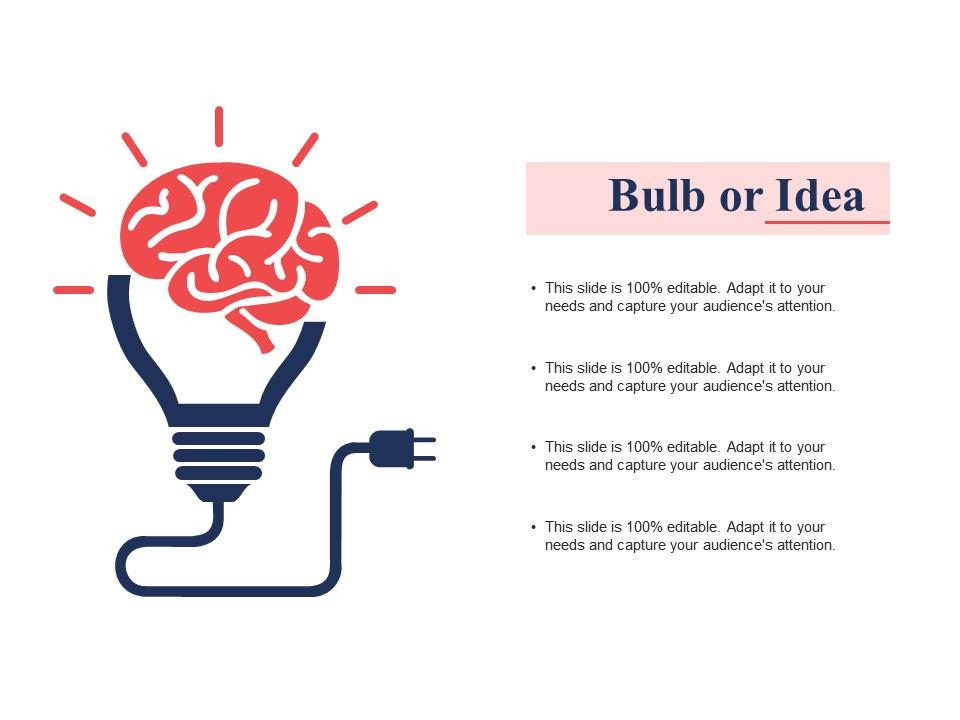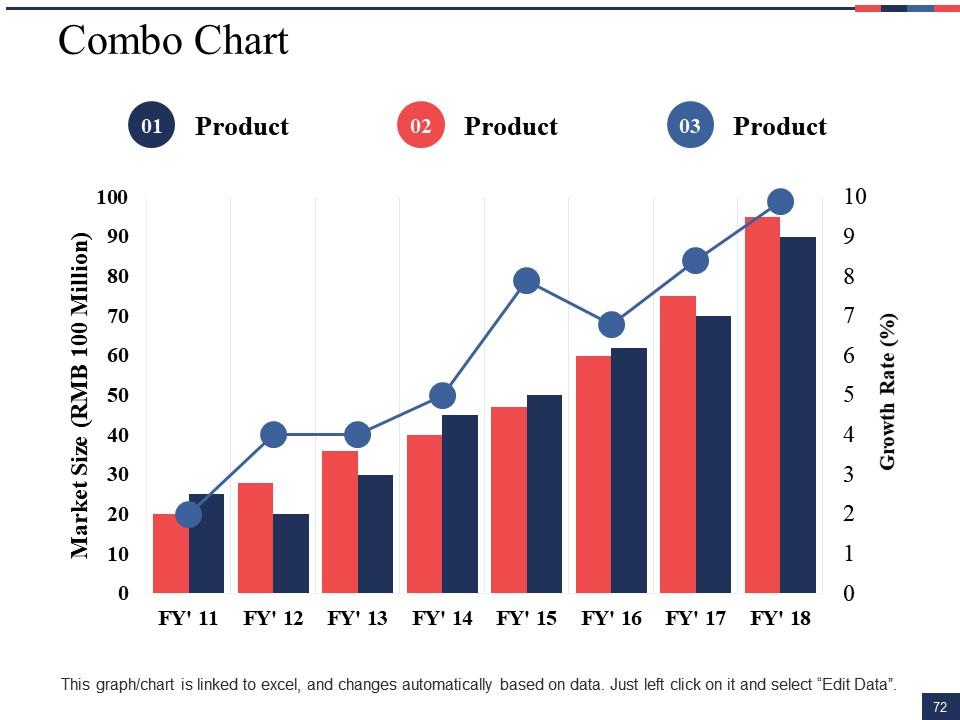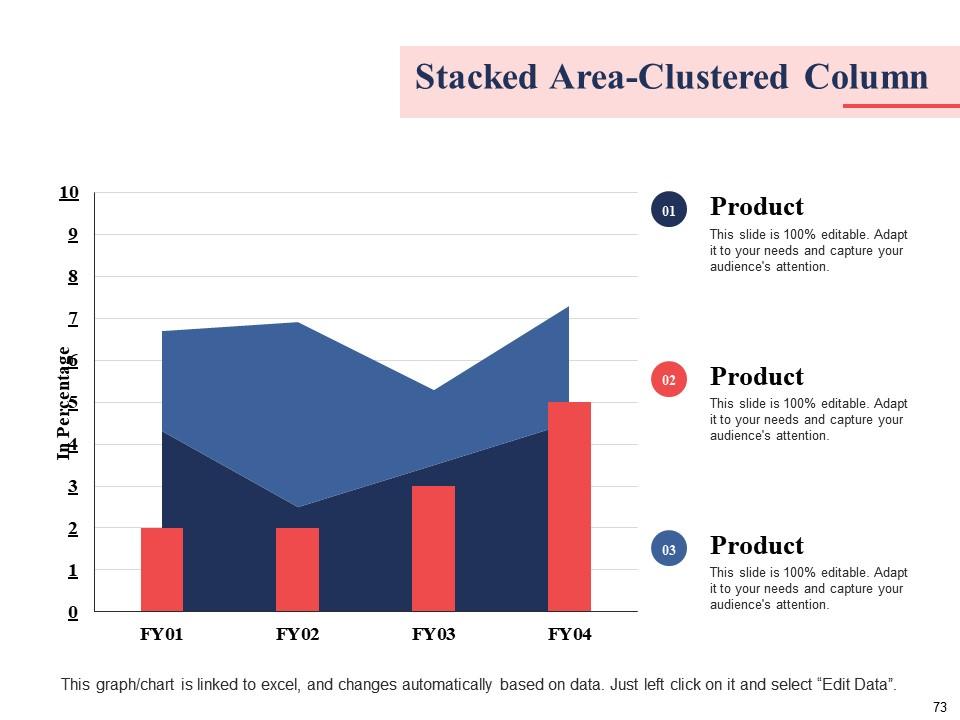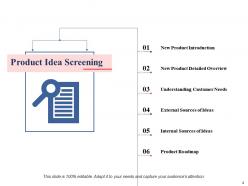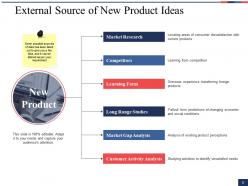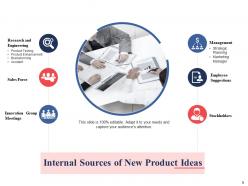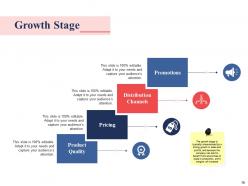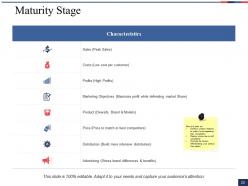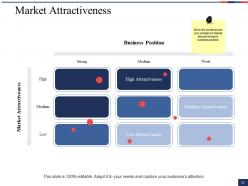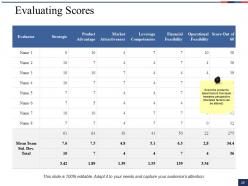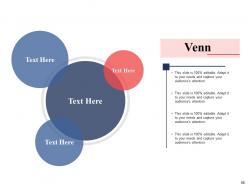Sample powerpoint presentation new product powerpoint presentation slides
Download Sample PowerPoint Presentation New Product PowerPoint Presentation Slides to evaluate new product ideas strategies and market trends. Showcase the steps of new product development using this product launch PowerPoint templates. The new product introduction compete deck includes number of content ready slides such as product ideas screening, understanding customer needs, understanding customer needs, external and internal sources of new product ideas, product roadmap, category analysis, product lifecycle, tools and techniques, BCG matrix, empathy map kano model, market analysis, product market mapping, competitive strategies, market attractiveness, development and manufacturing plans, marketing launch plan, budgeting template, repositioning strategy, building brand preference, marketing and launch cost analysis, product feasibility review, product quality check, launch monitoring dashboard and more. All slides are easy to customize. Users can successfully introduce and market their latest product or service using NPD PPT slides. Demonstrate the complex process of delivering a new product to the market with this new product launch presentation graphics. Moreover, download our ready-to-use New Product Powerpoint Presentation Slides now.
- Google Slides is a new FREE Presentation software from Google.
- All our content is 100% compatible with Google Slides.
- Just download our designs, and upload them to Google Slides and they will work automatically.
- Amaze your audience with SlideTeam and Google Slides.
-
Want Changes to This PPT Slide? Check out our Presentation Design Services
- WideScreen Aspect ratio is becoming a very popular format. When you download this product, the downloaded ZIP will contain this product in both standard and widescreen format.
-

- Some older products that we have may only be in standard format, but they can easily be converted to widescreen.
- To do this, please open the SlideTeam product in Powerpoint, and go to
- Design ( On the top bar) -> Page Setup -> and select "On-screen Show (16:9)” in the drop down for "Slides Sized for".
- The slide or theme will change to widescreen, and all graphics will adjust automatically. You can similarly convert our content to any other desired screen aspect ratio.
Compatible With Google Slides

Get This In WideScreen
You must be logged in to download this presentation.
PowerPoint presentation slides
Presenting Sample PowerPoint Presentation New Product PowerPoint Presentation Slides. This complete deck contains 74 content ready templates. Each component given in slides can be easily modified to meet specific needs. Users can quickly download Presentation templates in both widescreen and standard screen. The presentation is fully supported with Google Slides. It can be easily converted into JPG or PDF format.
Content of this Powerpoint Presentation
Slide 1: This slide introduces Sample Powerpoint Presentation New Product with imagery. Enter the name of your company and proceed.
Slide 2: This is an Agenda slide. Present it cohesively here.
Slide 3: This slide presents an Outline with- Product Idea Screening, New Product Analysis, Product Lifecycle, Tools & Techniques, Market Analysis, Development Plans, Branding & Repositioning, Cost Analysis, Product Feasibility & Review.
Slide 4: This is Product Idea Screening slide presenting New Product Introduction, New Product Detailed Overview, External Sources of Ideas, Internal Sources of Ideas, Understanding Customer Needs, Product Roadmap, Product Idea Screening.
Slide 5: This slide presents New Product Introduction in which you can explain your product idea in brief or in detail. You can also add relevant imagery.
Slide 6: This slide presents New Product Detailed Overview. This step is crucial to ensure that unsuitable ideas are rejected as soon as possible as Ideas need to be considered objectively.
Slide 7: This slide helps in Understanding Customer Needs on the basis of the following qusetions- What they do: Understand their occupation and interest? When they buy: Understand the purchasing cycle of your customer, How they buy: Website, App, in-person? What they expect of you: if your customers expect reliable delivery and you don't disappoint them, you stand to gain repeat business.
Slide 8: This slide shows External Source of New Product Ideas. Some possible sources of data have been listed out to give you a fair idea, and it can be altered as per your requirement.
Slide 9: This slide shows Internal Sources of New Product Ideas listed as- Research and Engineering: Product Testing, Product Enhancement, Brainstorming, Accident. Sales Force, Innovation Group Meetings, Stockholders, Employee Suggestions, Management: Strategic Planning, Marketing Manager.
Slide 10: This slide displays Product Roadmap which consists of steps like- Product Launch, Tech Support portal, Bootstrap Upgrade, Data Logging Module, Chrome Support, Public API.
Slide 11: This slide shows New Product Analysis with components- Detailed Analysis, Category Analysis – Example Slide, Category Analysis, Porter’s Five Forces Analysis.
Slide 12: This slide shows Detailed Analysis in which you can state your strengths, weaknesses, benefits and features.
Slide 13: This is Category Analysis slide showing four categories- Positioning Claims/trends, Price, Packing formats types & materials, Consumption Drivers. Once the concept has been tested and finalized, a business case needs to be put together to assess whether the new product/service will be profitable. Also, an example of a business case has been mentioned in the next slide.
Slide 14: This slide also explains Category Analysis with an Example and following sub headings- Products, Positioning claims/trends, Price, Promotion, Packaging formats types & materials, Consumption drivers.
Slide 15: This slide shows Porter’s Five Forces Model framework. Its a framework for analyzing the level of competition within an industry and business strategy development to derive five forces that determine the competitive intensity and therefore the attractiveness of an industry.
Slide 16: This slide shows five stages of Product Life Cycle- Repositioning A Product, Introduction Stage, Maturity Stage, Growth Stage, Decline Stage.
Slide 17: This slide shows Product Life Cycle Stage- Introduction, Growth, Maturity, Decline.
Slide 18: This slide shows Introduction Stage of the product lifecycle. This stage of the cycle could be the most expensive for a company launching a new product in which these 5 factors play a key role which are- Cost, Targets, Competition, Profits, Sales.
Slide 19: This slide shows the Growth Stage of the product lifecycle. The growth stage is typically characterized by strong growth in sales and profits, and because the company can start to benefit from economies of scale in production, profit margins will increase.
Slide 20: This slide shows the Maturity Stage with characteristics and icon imagery.
Slide 21: This slide explains the Decline Stage of the product lifecycle with its characteristics.
Slide 22: This slide shows Tools & Techniques such as- BCG Matrix Empathy Map Ansoff Matrix Kano Model
Slide 23: This slide shows a BCG Matrix with two axes. The horizontal axis measures market share from low to high; the vertical axis measures market growth from low to high. Apply this criteria to each product you sell in order to plot them on the chart. Wherever possible use market and sales data; for example, you could compare growth in sales against the growth in the total market. In the absence of data, use your best judgment.
Slide 24: This slide shows an Ansoff Matrix with two axes. You can present your products on the horizontal axes and markets on the vertical axes with new and existing parameters.
Slide 25: This slide presents the Empathy Map with the following procedure to follow- first, brainstorm to come up with all the possible customer segments to whom you might want to sell your product. Choose the customer that you think is most likely to buy your product. Give them a name and some demographic characteristics, such as marital status, income, children and so on. Then, using the diagram answer the following six questions: What does he/she Think and Feel? What does he/she Hear? What does he/she Say and Do? What does he/she See?
Slide 26: This slide shows the Kano Model with a diagram. The model is divided into three distinct categories:1. Must be (basic) attributes. These are taken for granted attributes that the product must have and if they are unfulfilled consumers may be dissatisfied. 2. One dimensional (performance) attributes. These result in customer satisfaction when fulfilled and dissatisfaction when not fulfilled. 3. Attractive (excitement) attributes. Their absence does not cause dissatisfaction but their presence can delight customers.
Slide 27: This slide shows Market Analysis and its components- Market Segmentation, Competitive Strategies, Product Market Mapping, Market Attractiveness.
Slide 28: This is Market Segmentation slide showing the following four divisions of the market- Geographic, Demographic, Psychographic, Behavioral.
Slide 29: This slide shows Product Market Mapping with circles and text boxes. Move the circles and the text boxes as per your company’s competitive strength shown on the horizontal axes & market attractiveness shown on the vertical axes respectively.
Slide 30: This slide shows Competitive Strategies matrix with Competitive Advantage and Competitive Edge on the horizontal and vertical axis respectively. It also shows Overall Low-cost Provider Strategy, Broad Differentiation Strategy, Focused Low Cost Strategy and Focused Differentiation Strategy.
Slide 31: This slide presents a 3* 3 Market Attractiveness matrix with Low, Medium and High parameters. It also shows some circles which you can move as per your company’s market attractiveness & business position.
Slide 32: This slide shows Development Plans consisting of- Manufacturing Plan, Operations Plan, Marketing Communication Plan, Digital Marketing Plan, Marketing Launch Plan, Budgeting Plan.
Slide 33: This slide shows the Manufacturing Plan. This step is crucial to ensure that unsuitable ideas are rejected as soon as possible as Ideas need to be considered objectively.
Slide 34: This slide shows the Operations Plan with the following four sub headings- Category, Key Initiatives, Prioritization, Project Lead. This step is crucial to ensure that unsuitable ideas are rejected as soon as possible as Ideas need to be considered objectively.
Slide 35: This slide shows Marketing Launch Plan with rocket imagery and the following steps- Use Advertising, Build Demand, Garner Endorsements, Use Twitter, Attend Tradeshows, Update The Website, Create Email Contests.
Slide 36: This slide shows the following components of Marketing Communication Plan- Direct Marketing, Personal Selling, Sales Promotion, Advertising and Public Relations with their respective icons.
Slide 37: This slide shows Digital Marketing Plan with Content as its sub heading.This step is crucial to ensure that unsuitable ideas are rejected as soon as possible as Ideas need to be considered objectively.
Slide 38: This is a Budgeting Template slide. You can show your budget of Public Relations, Web Marketing and Advertising here in the table provided.
Slide 39: This slide shows the steps and stages involved in Branding & Repositioning- Repositioning a Product, Repositioning Strategy, Maturity Stage, Decline Stage, Growth Stage.
Slide 40: This is Repositioning a Product slide with reference to new customers and existing customers. Use as per your requirement.
Slide 41: This slide presents Repositioning Strategy in a matrix form. It also explains the Rationale Behind the Strategy with points which you can add as per your business need.
Slide 42: This is Building Brand Preference slide by stating its Factors, Potential Customers, 1st Time Customer and Loyal Customer.
Slide 43: This slide shows Cost Analysis consisting of- Repositioning a Product, Repositioning Strategy and Growth Stage.
Slide 44: This slide showcases Production & Operation Cost Analysis in a tabular form.
Slide 45: This slide presents Marketing & Launch Cost Analysis in a tabular form.
Slide 46: This is a Business & Financial Analysis slide showing Investments and Ideas.
Slide 47: This slide showcases Product Feasibility & Review with- Feasibility Review, Evaluating Scores, Product Quality Check, Launch Monitoring Dashboard, Alpha & Beta Testing Timelines.
Slide 48: This slide showcases Feasibility Review with- Comments on Feasibility of product, Scheduling Requirement Feasibility, Legal Requirement Feasibility, Economic Feasibility, Operational Feasibility, Technical Feasibility as elements and components of Project Analysis.
Slide 49: This slide shows Evaluating Scores. Score the product’s listed factors from team members perspective (the listed factors can be altered) using the table provided.
Slide 50: This slide shows elements of Alpha & Beta Testing Timelines - Alpha Testing, Beta Testing, Full Scale Show.
Slide 51: This slide shows Product Quality Check metre with Bad, Poor, Average, Good, Excellent ranges. Rate the product’s quality as per the alpha/ beta testing done in the previous slide.
Slide 52: This slide presents Launch Monitoring Dashboard. This dashboard consists of three metric imagery showing- Return on Investment, Target Units Sold and Customer Satisfaction. Rate the product’s quality as per the alpha/ beta testing done in the previous two slides.
Slide 53: This is Sample PowerPoint Presentation New Product Icons Slide. Modify the icons as per your requirement.
Slide 54: This slide is titled Additional Slides to move forward. You can change the slide content as per need.
Slide 55: This slide contains Our Mission, Vision, Goals with text boxes.
Slide 56: This is Our team slide with names and designation.
Slide 57: This is an About Us slide where you can show-Professional, Creative or Talented aspects of your company.
Slide 58: This is an Our Goal slides. State your goals here.
Slide 59: This slide strikes a Comparison bewteen two locations Africa and North America with their respective map imagery. Use it as per your business requirements.
Slide 60: This is a Financial score slide. State financial aspects etc. here.
Slide 61: This is a Quotes slide to convey messages, beliefs etc. You can change the slide content as per need.
Slide 62: This is a Timeline slide to show growth, evolution, milestones etc.
Slide 63: This is a Post It slide for events, reminders, occasions etc.
Slide 64: This is a Puzzle slide with creative imagery to show information, specifications etc.
Slide 65: This is a Target slide to show targets, plans etc.
Slide 66: This is a Venn diagram image slide to show information, specifications etc.
Slide 67: This is a Mind Map image slide with text boxes to fill information
Slide 68: This is a Silhouettes slide to show people specific information etc.
Slide 69: This slide displays a Magnifying Glass with icon imagery.
Slide 70: This is a Location slide to show global growth, presence etc. on a world map image.
Slide 71: This is a Bulb Or Idea slide with creative bulb imagery to show information, innovative aspects etc.
Slide 72: This is a Combo Chart slide to show information, comparison specifications etc.
Slide 73: This is a Stacked Area- Clustered Column slide to present product/ entity comparison, specifications etc.
Slide 74: This is a Thank You slide with Address# street number, city, state, Contact Numbers, Email Address.
Sample powerpoint presentation new product powerpoint presentation slides with all 74 slides:
Give equal consideration to all alternatives with our Sample Powerpoint Presentation New Product Powerpoint Presentation Slides. You will discover the best course.
No Reviews



